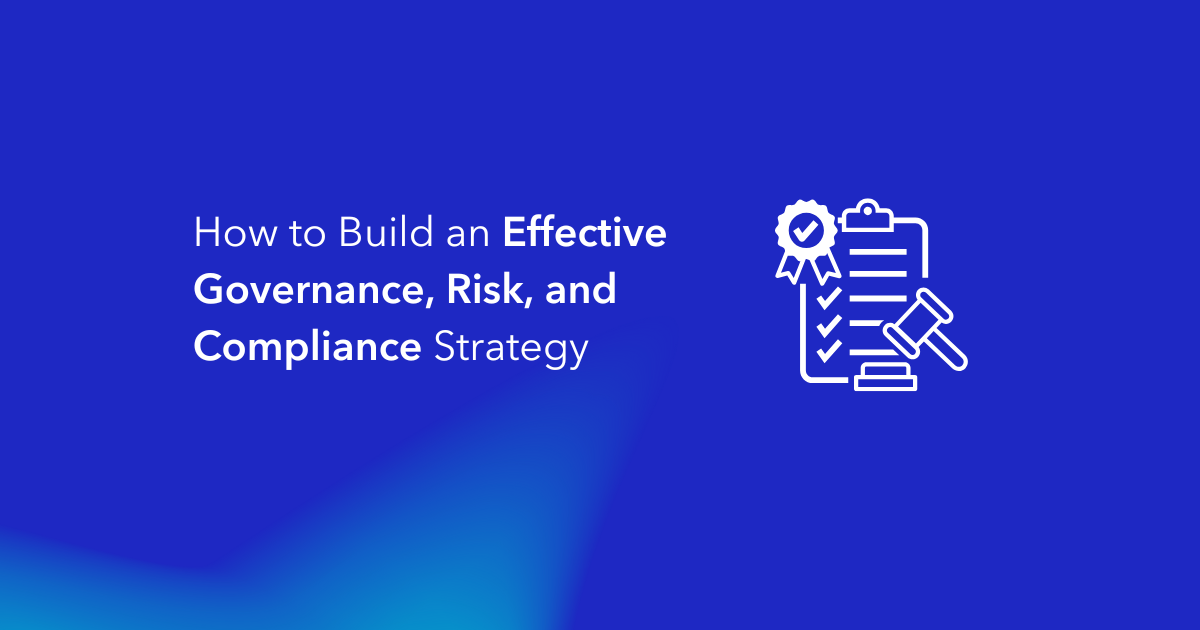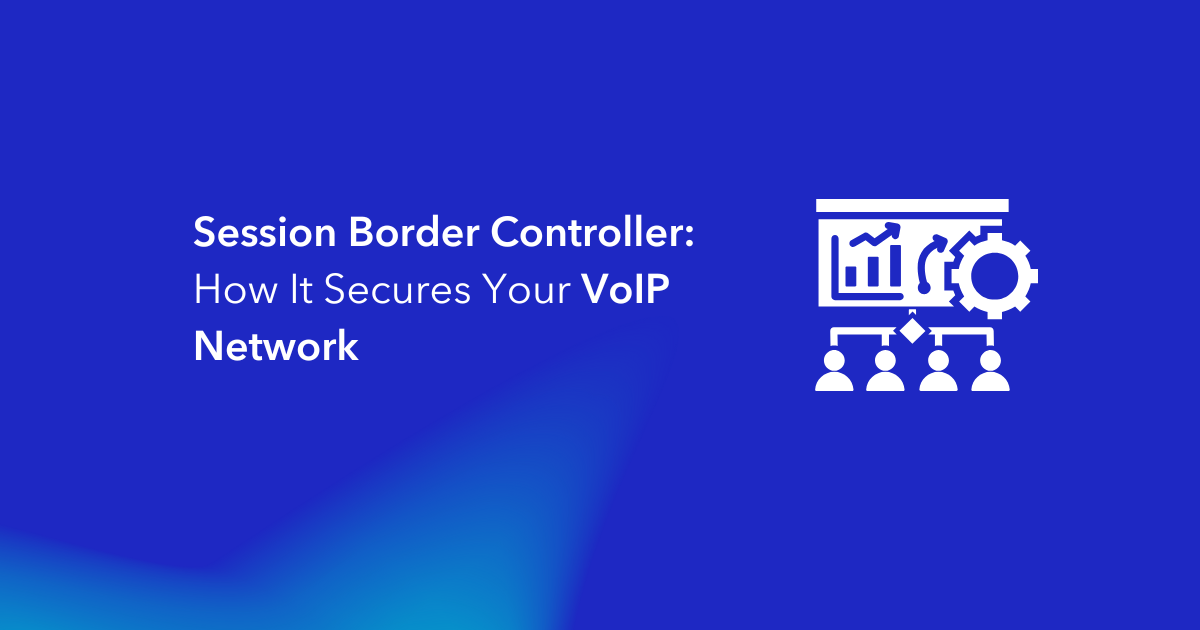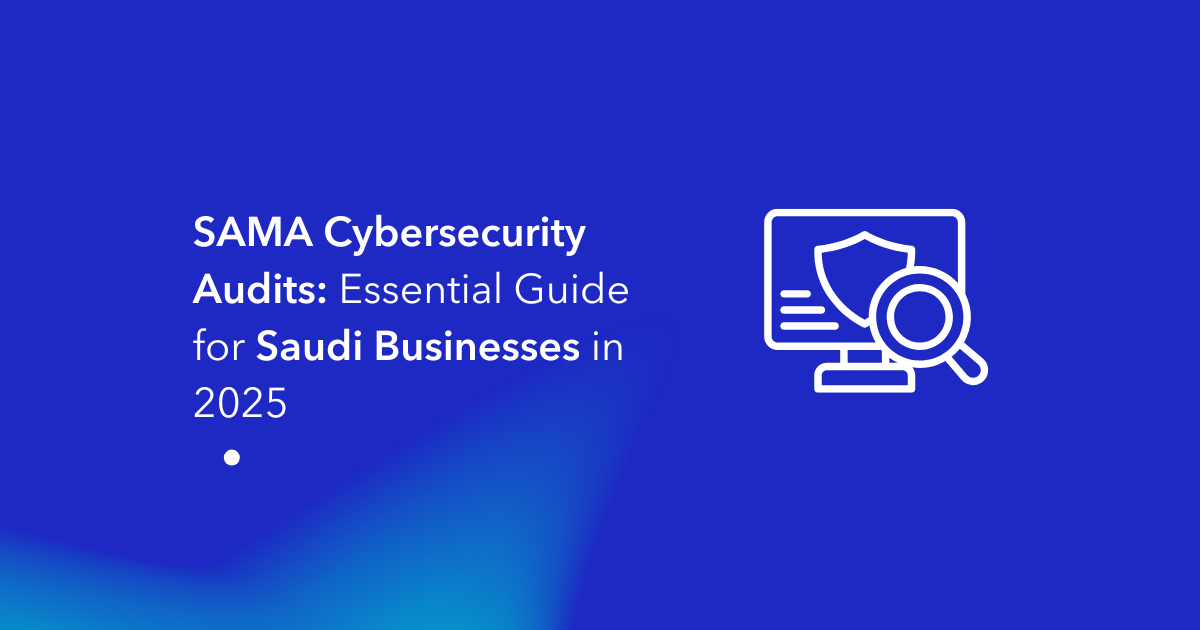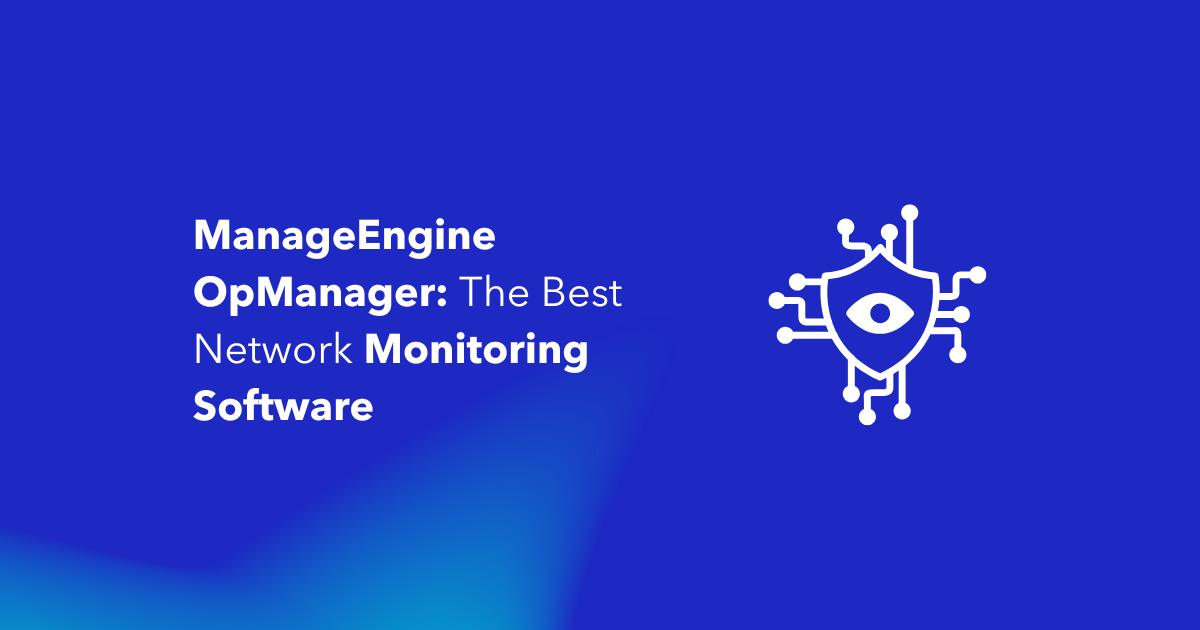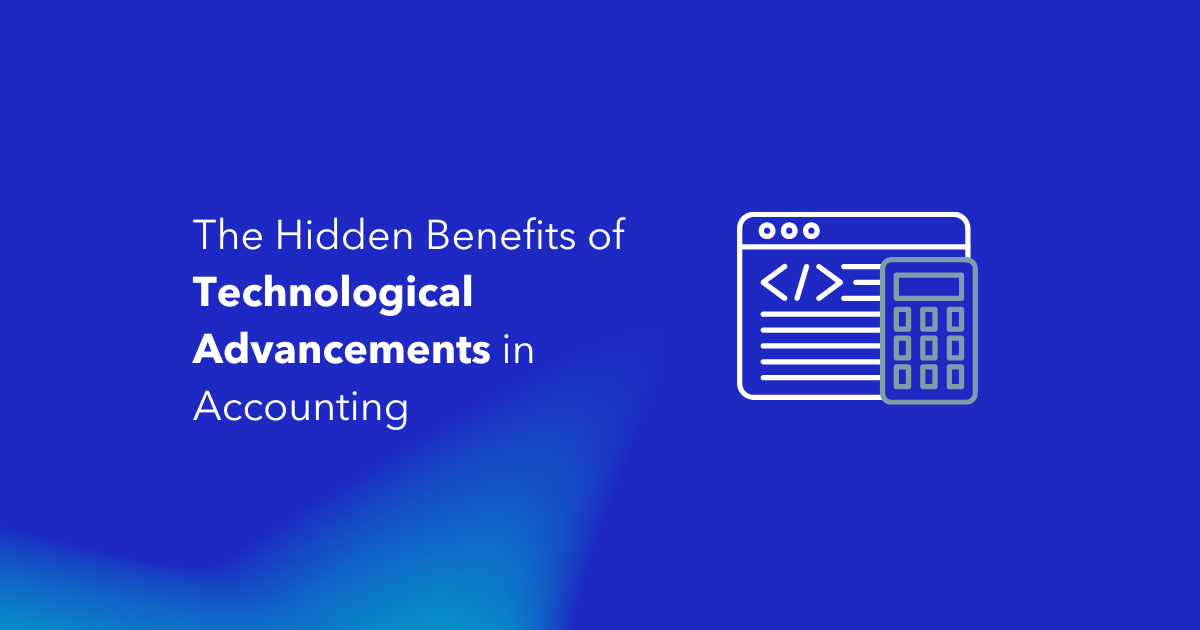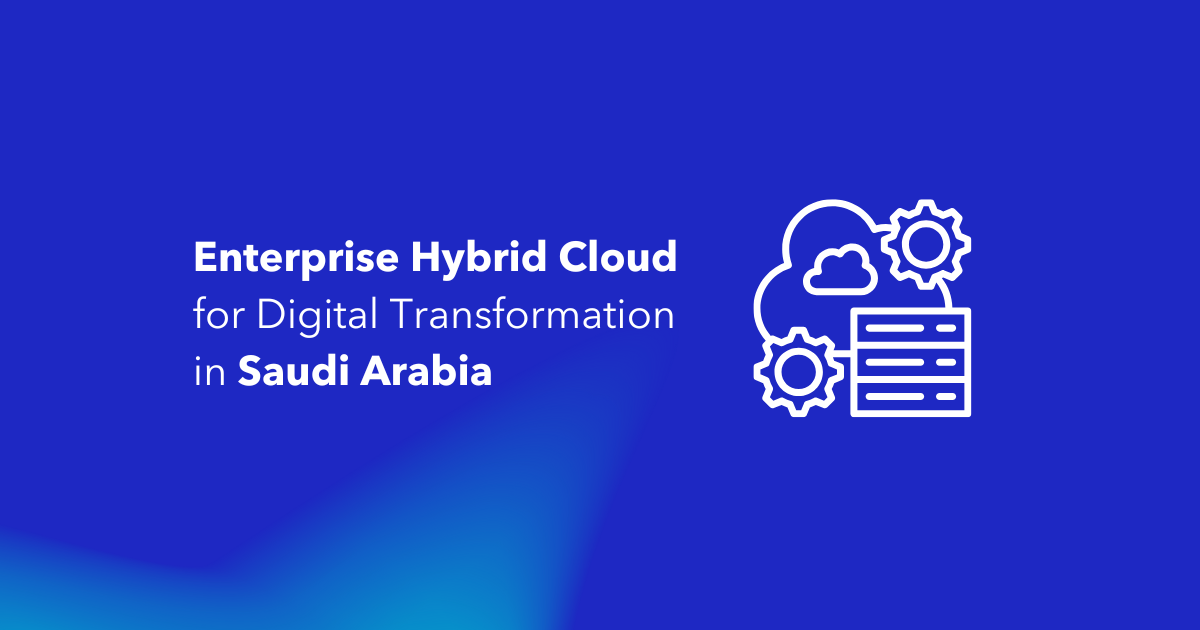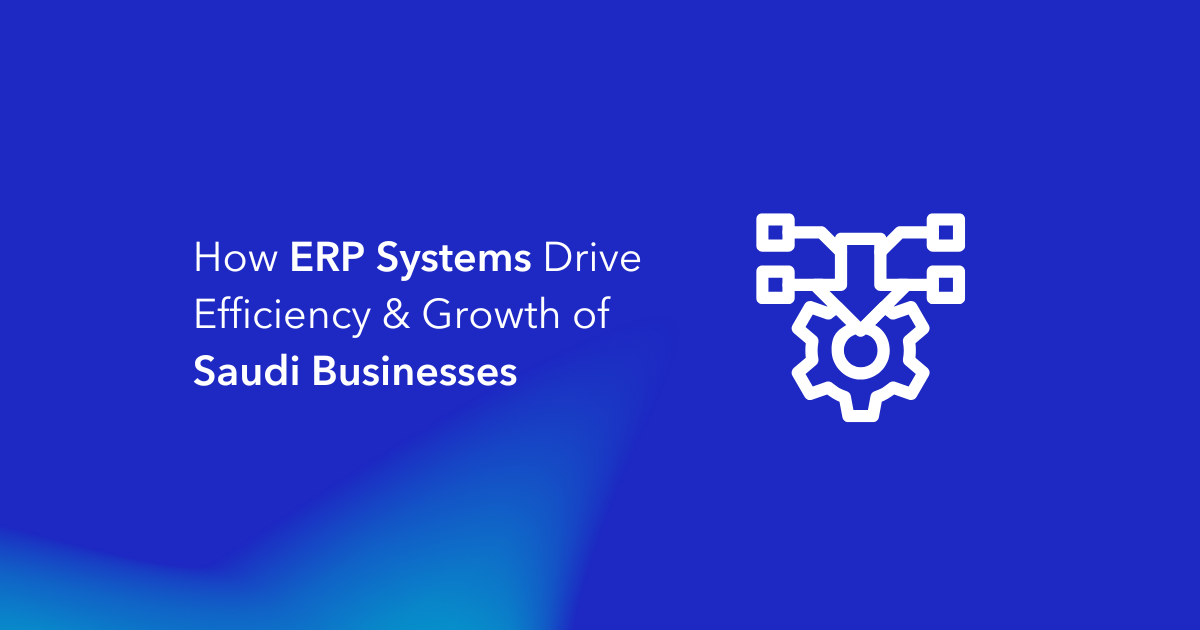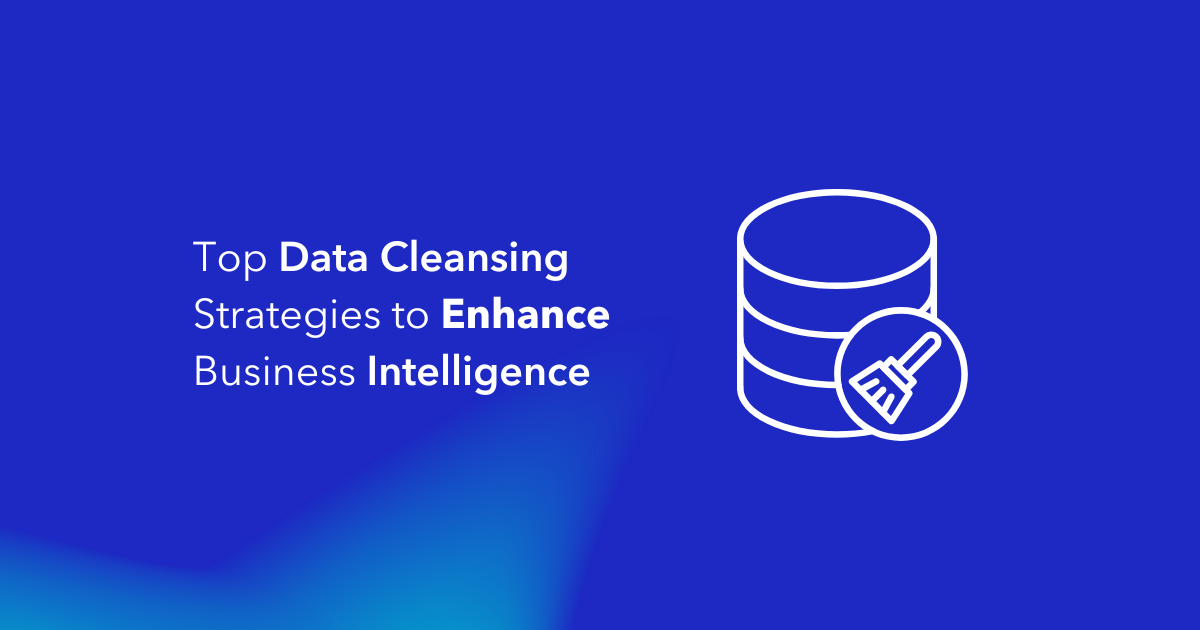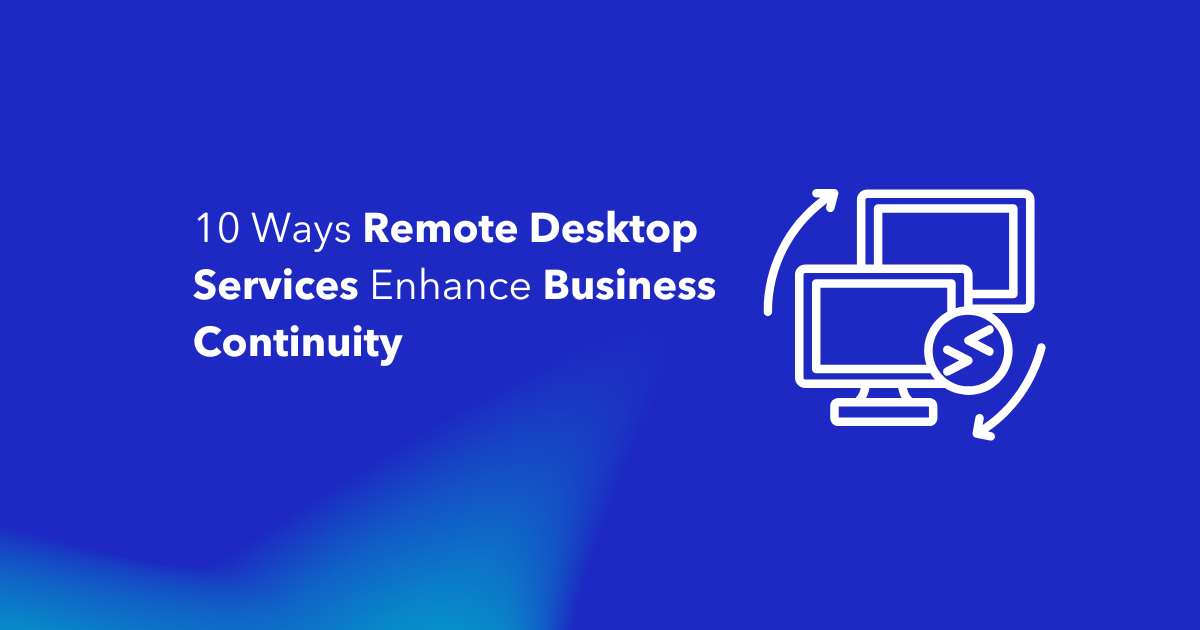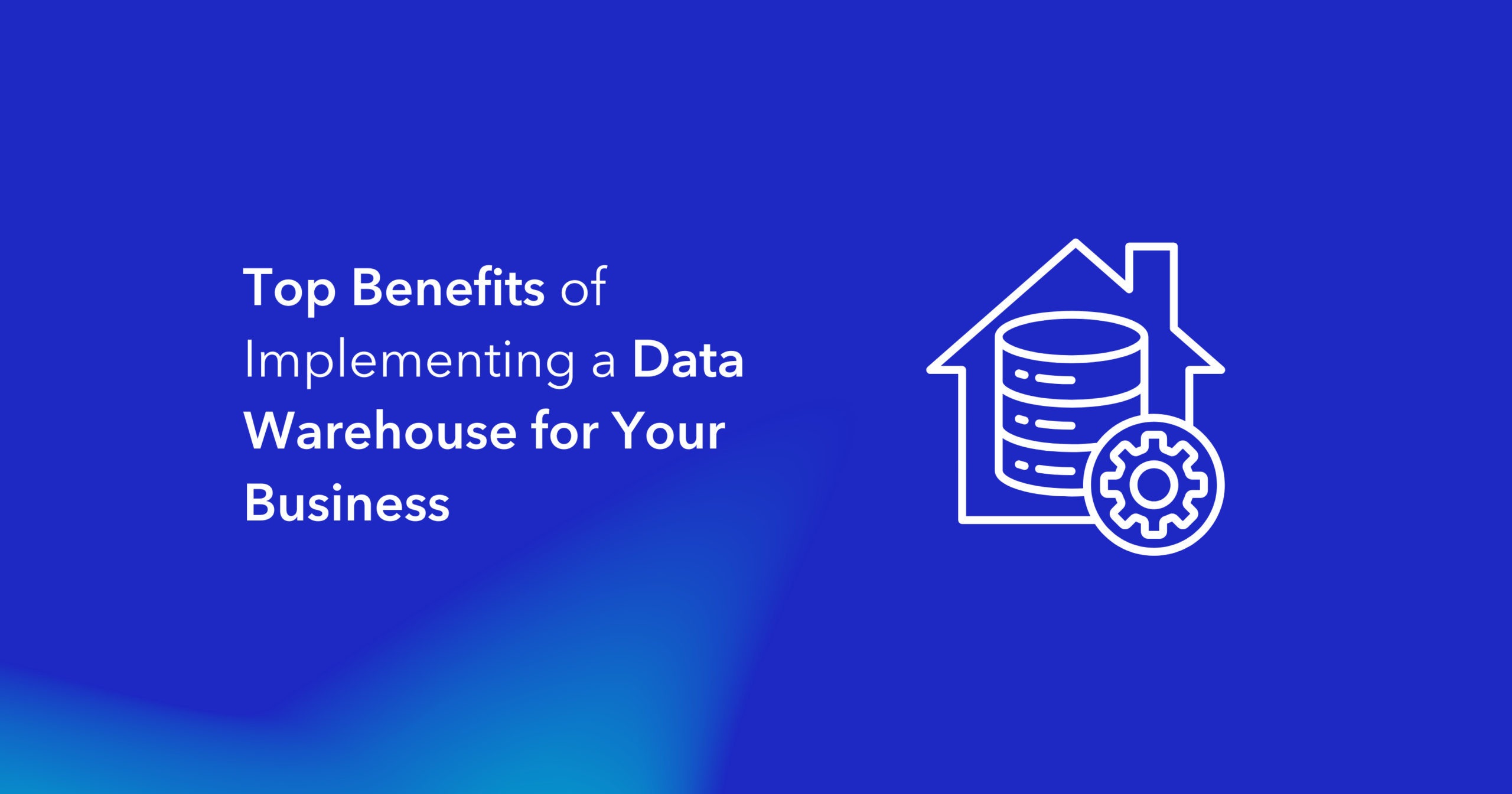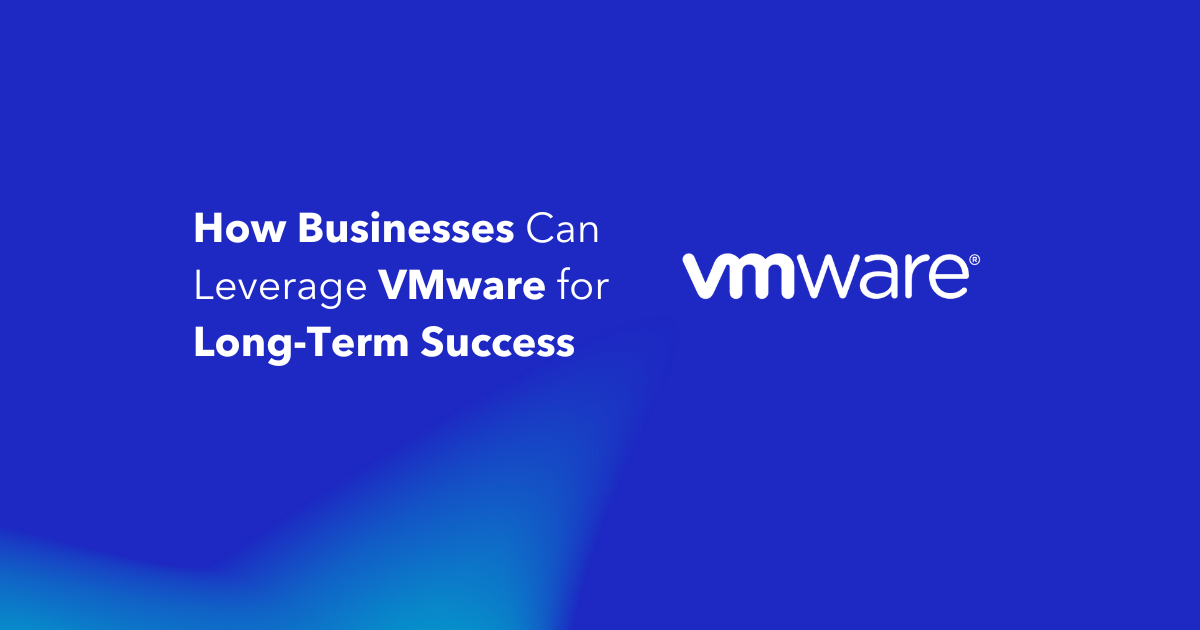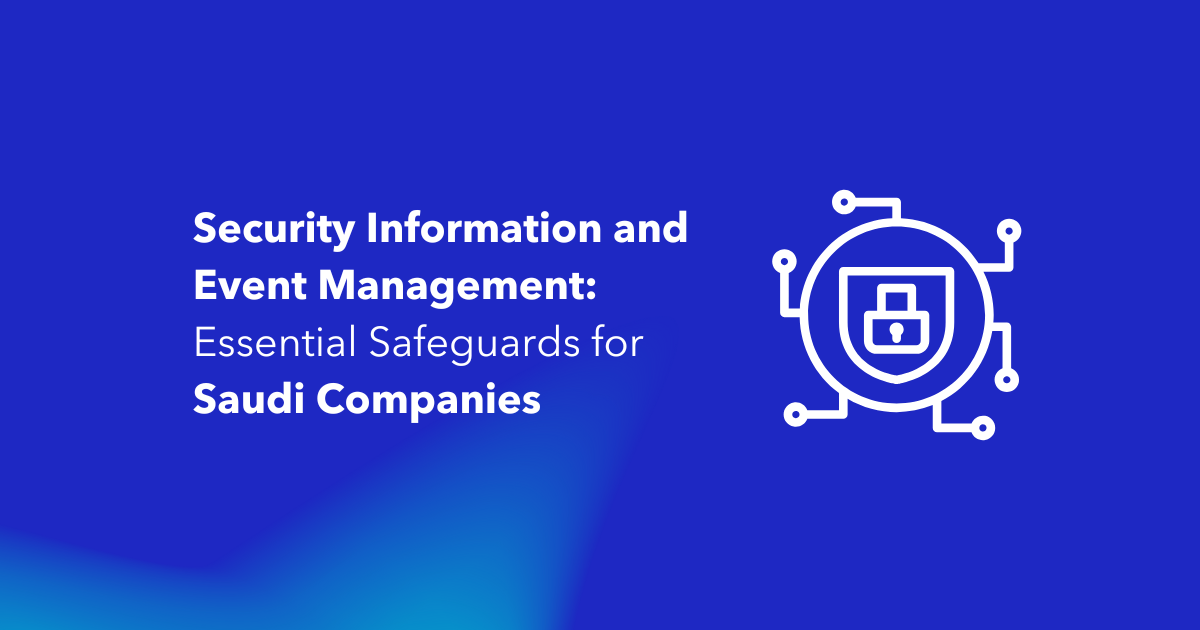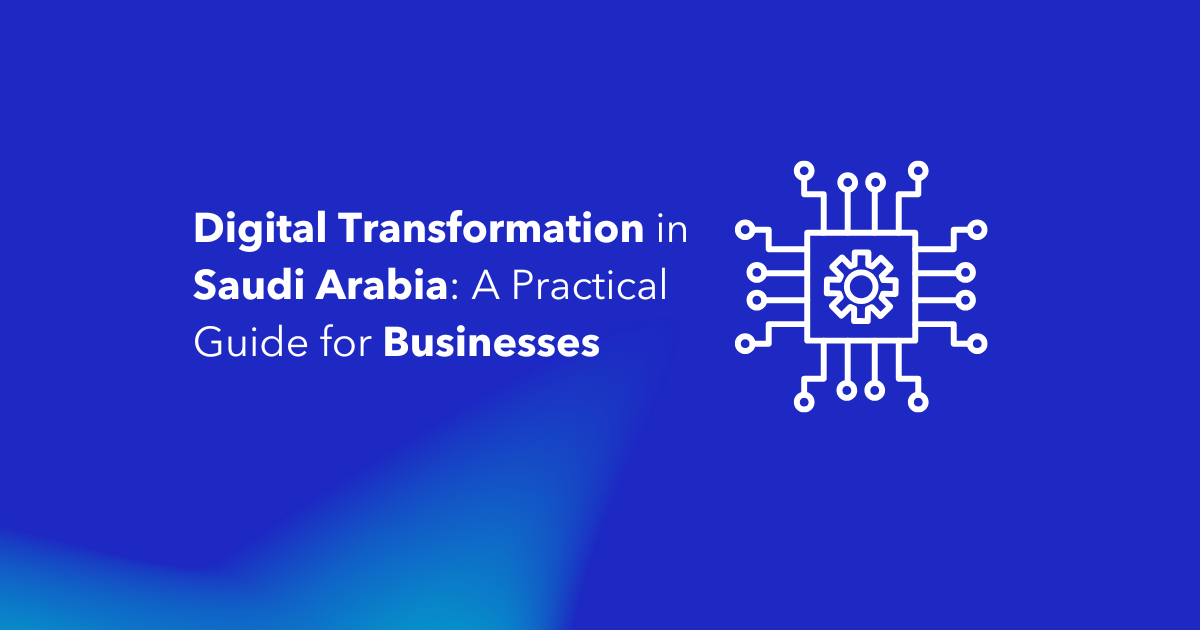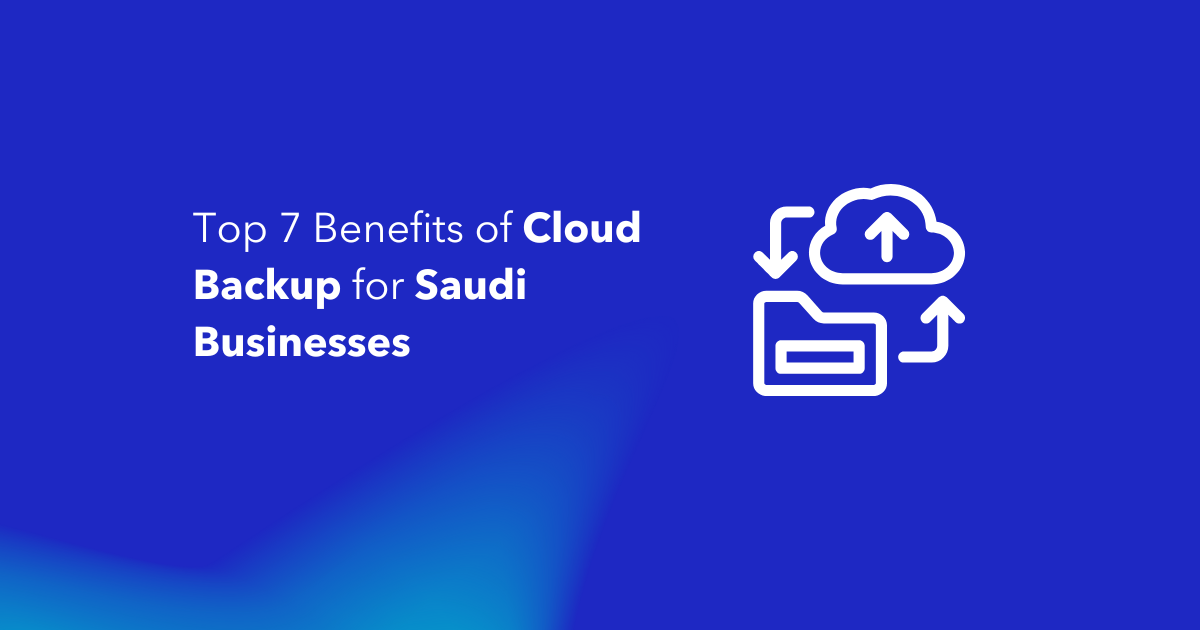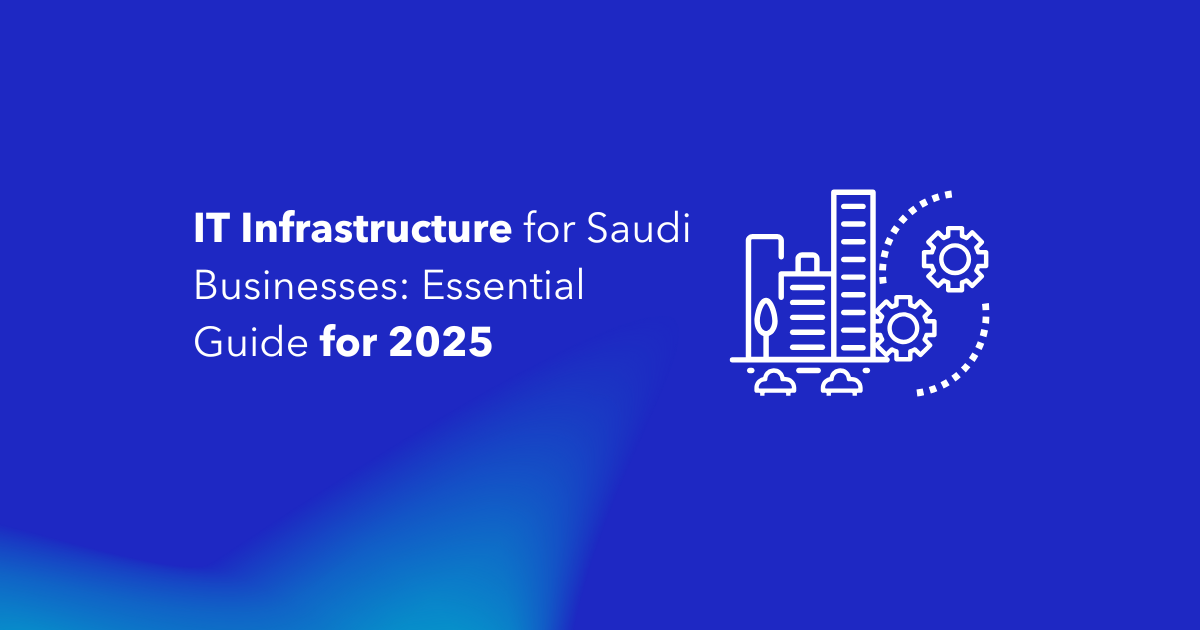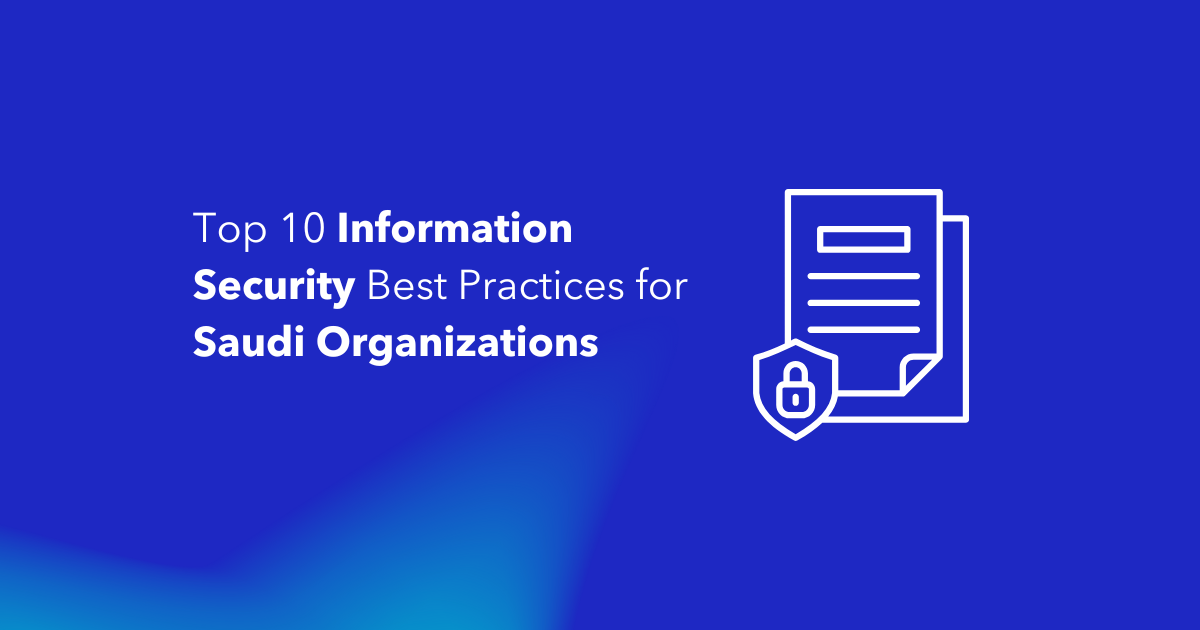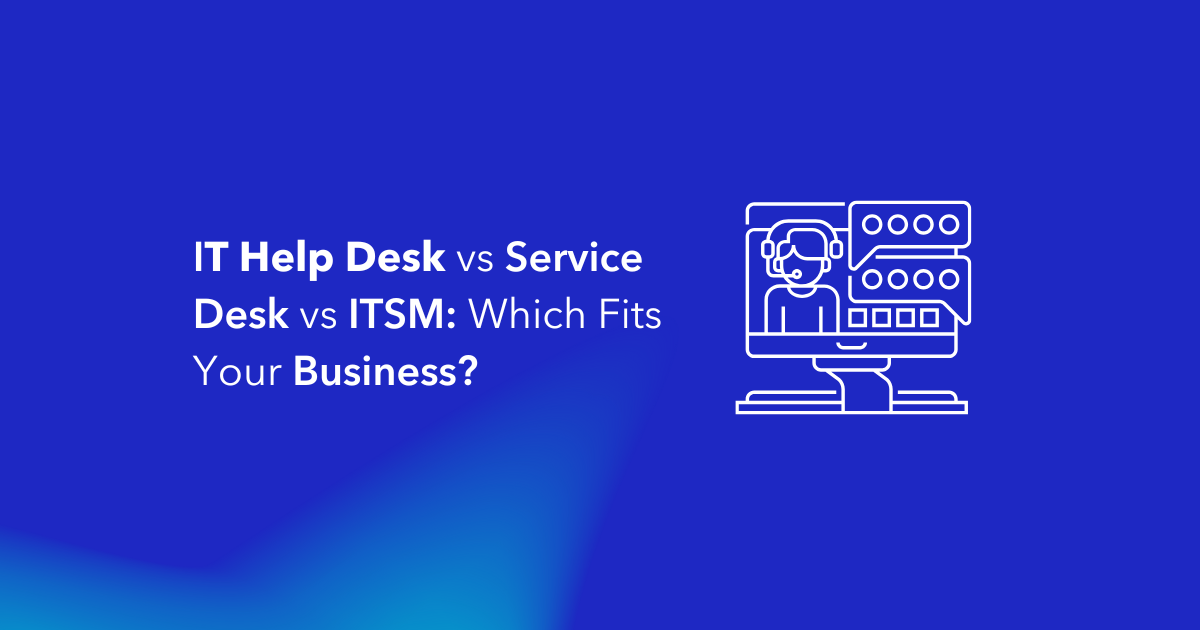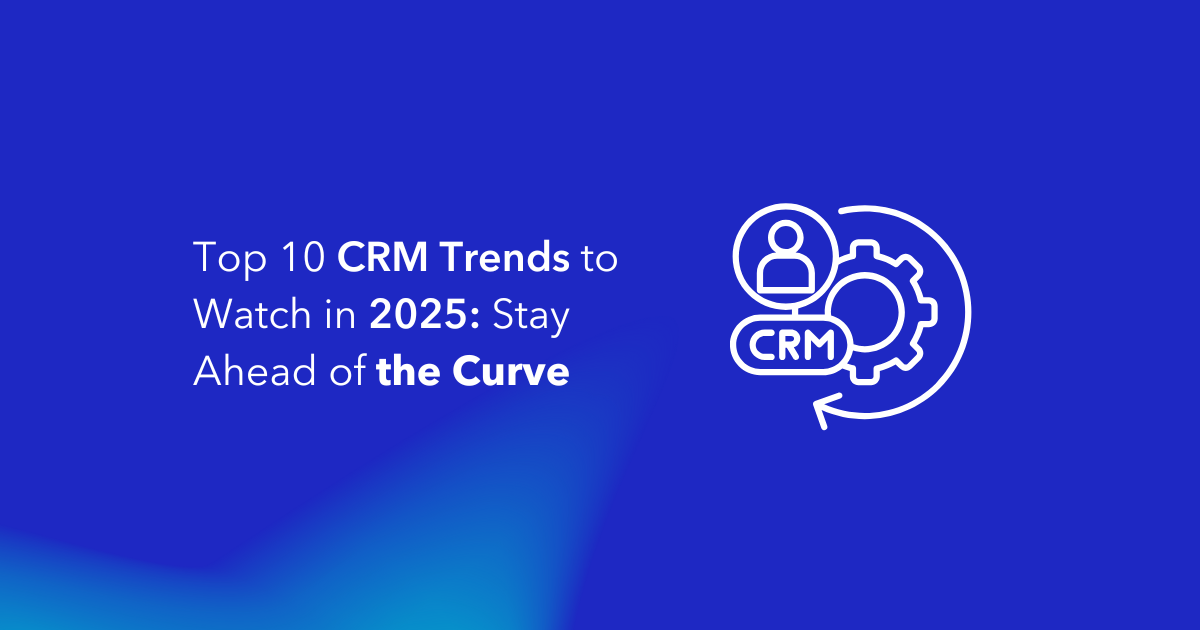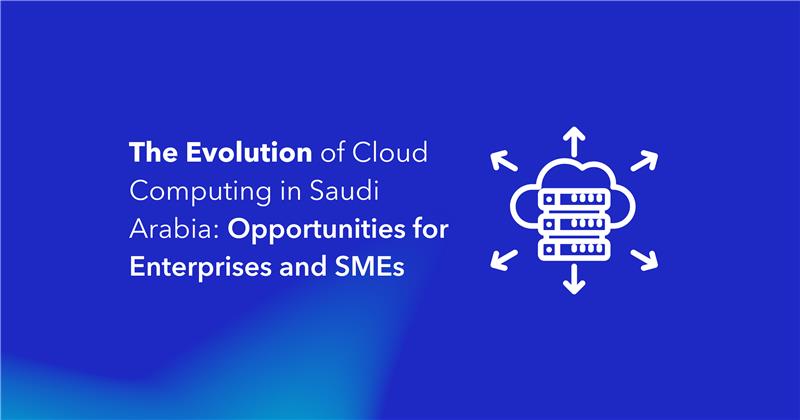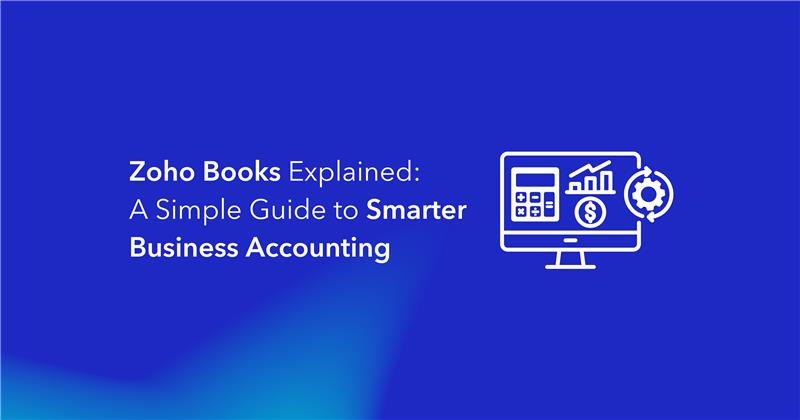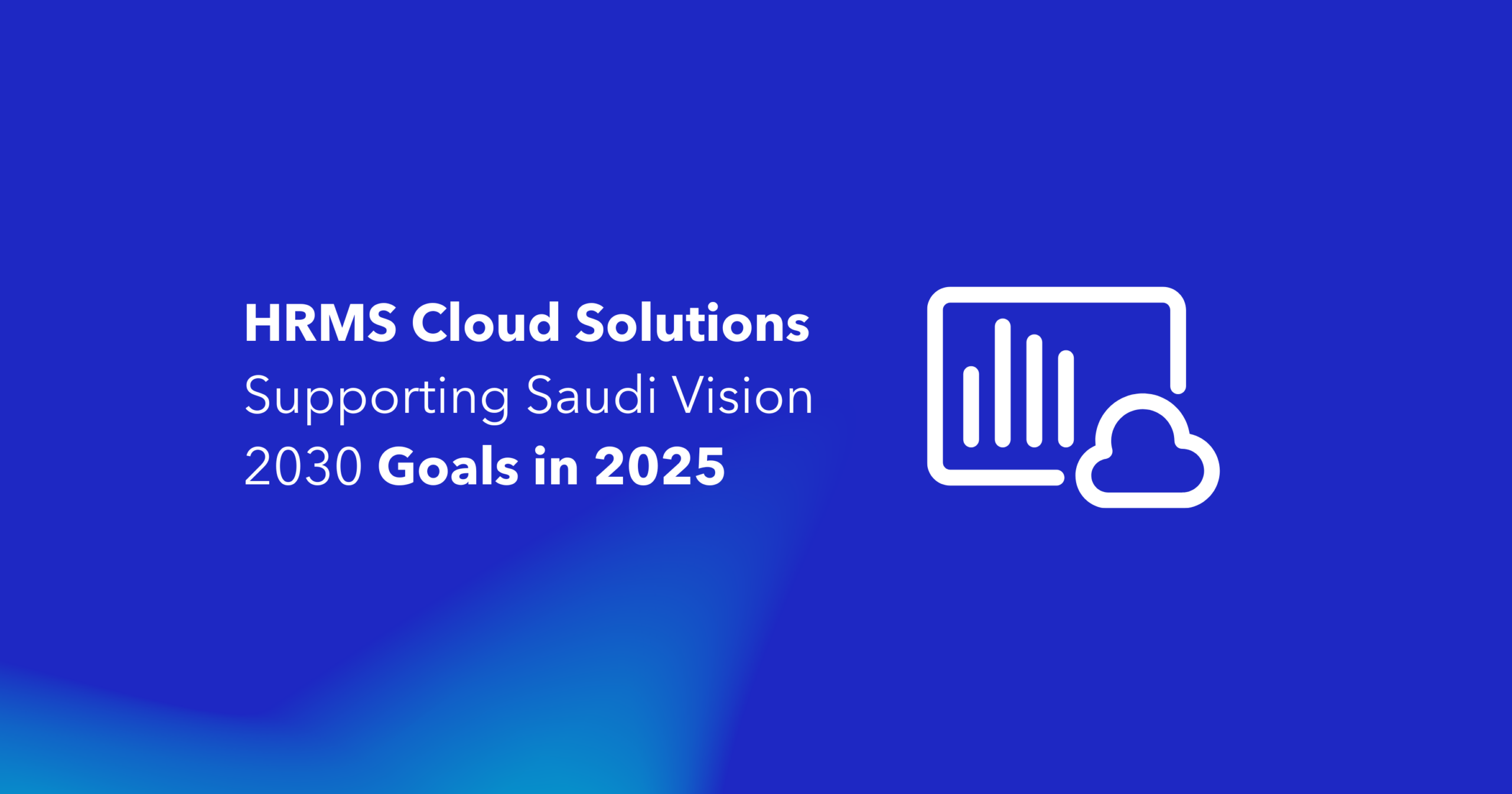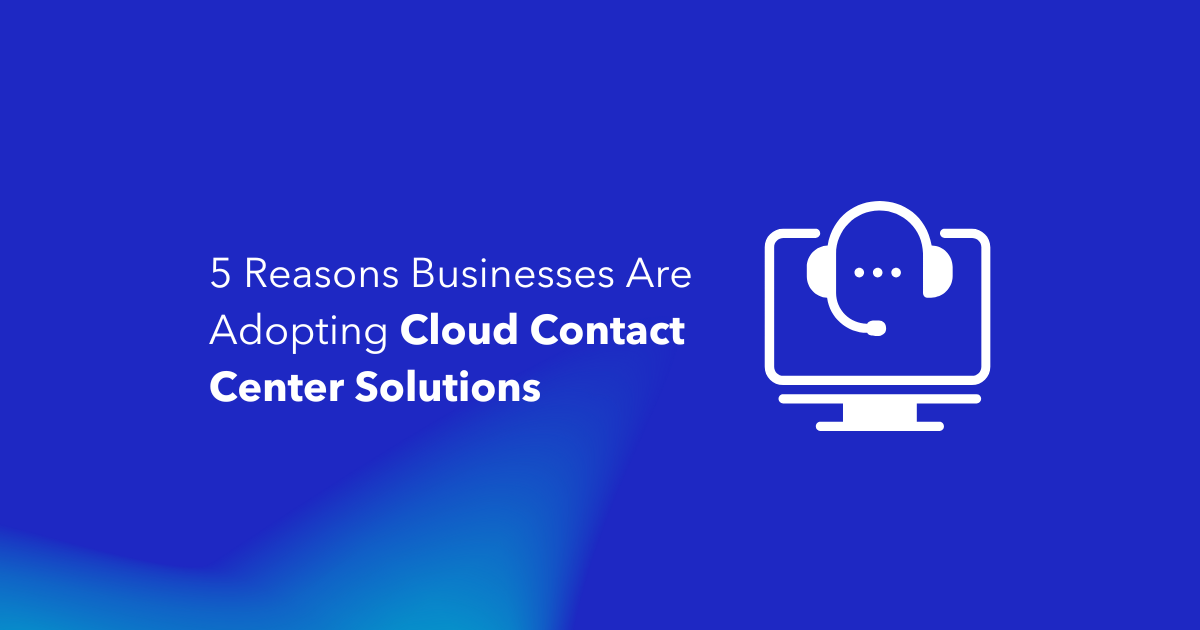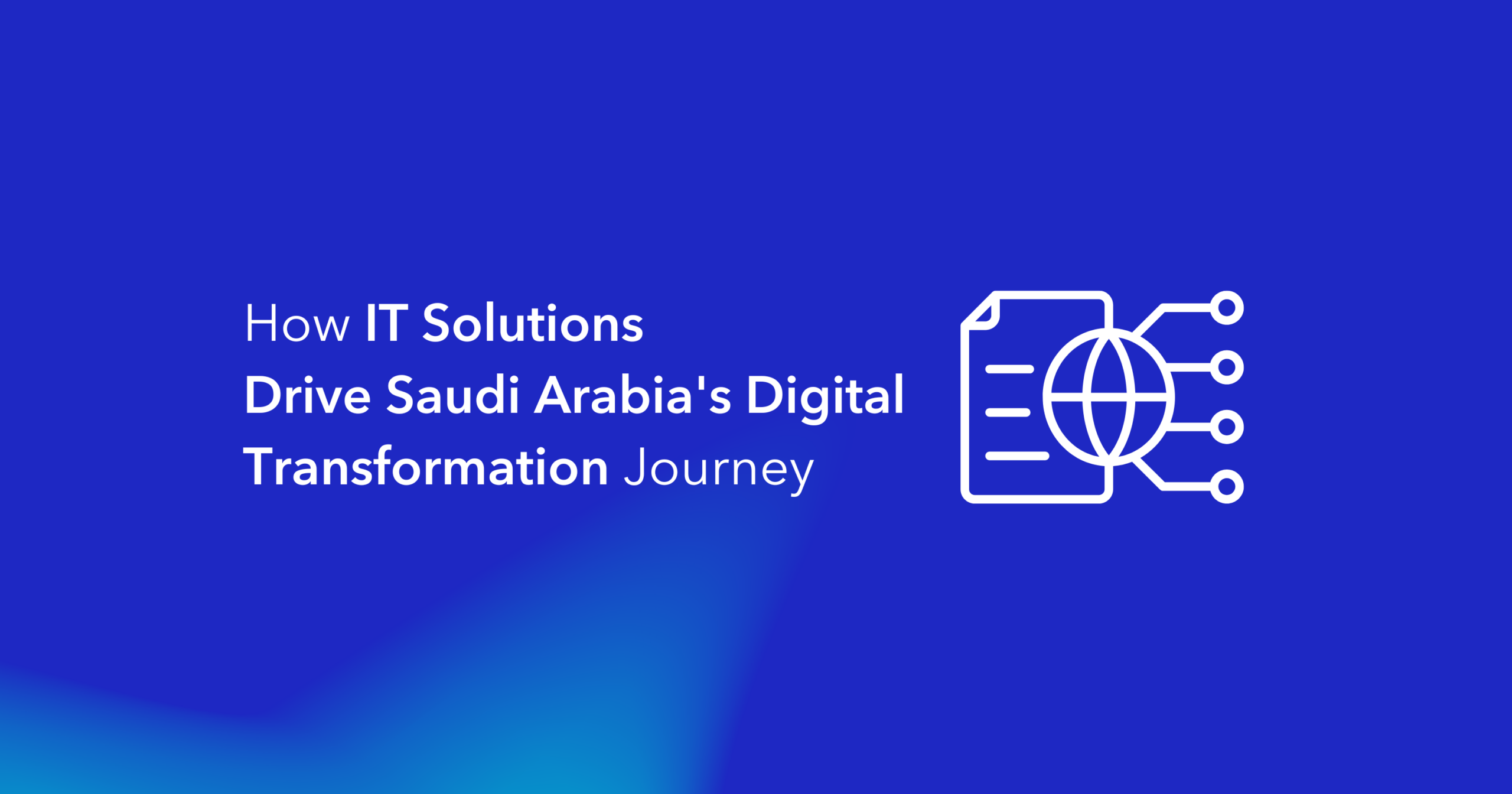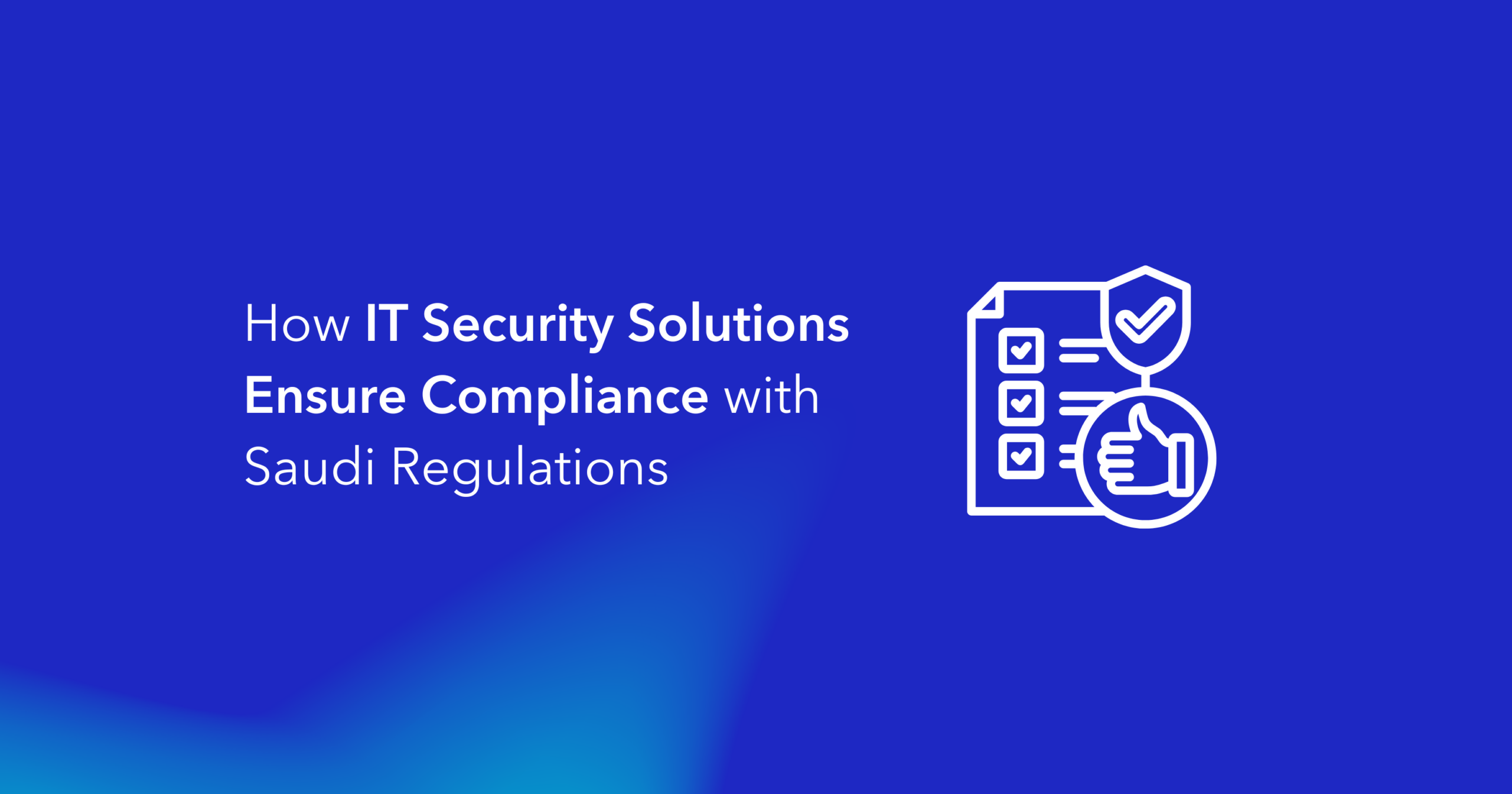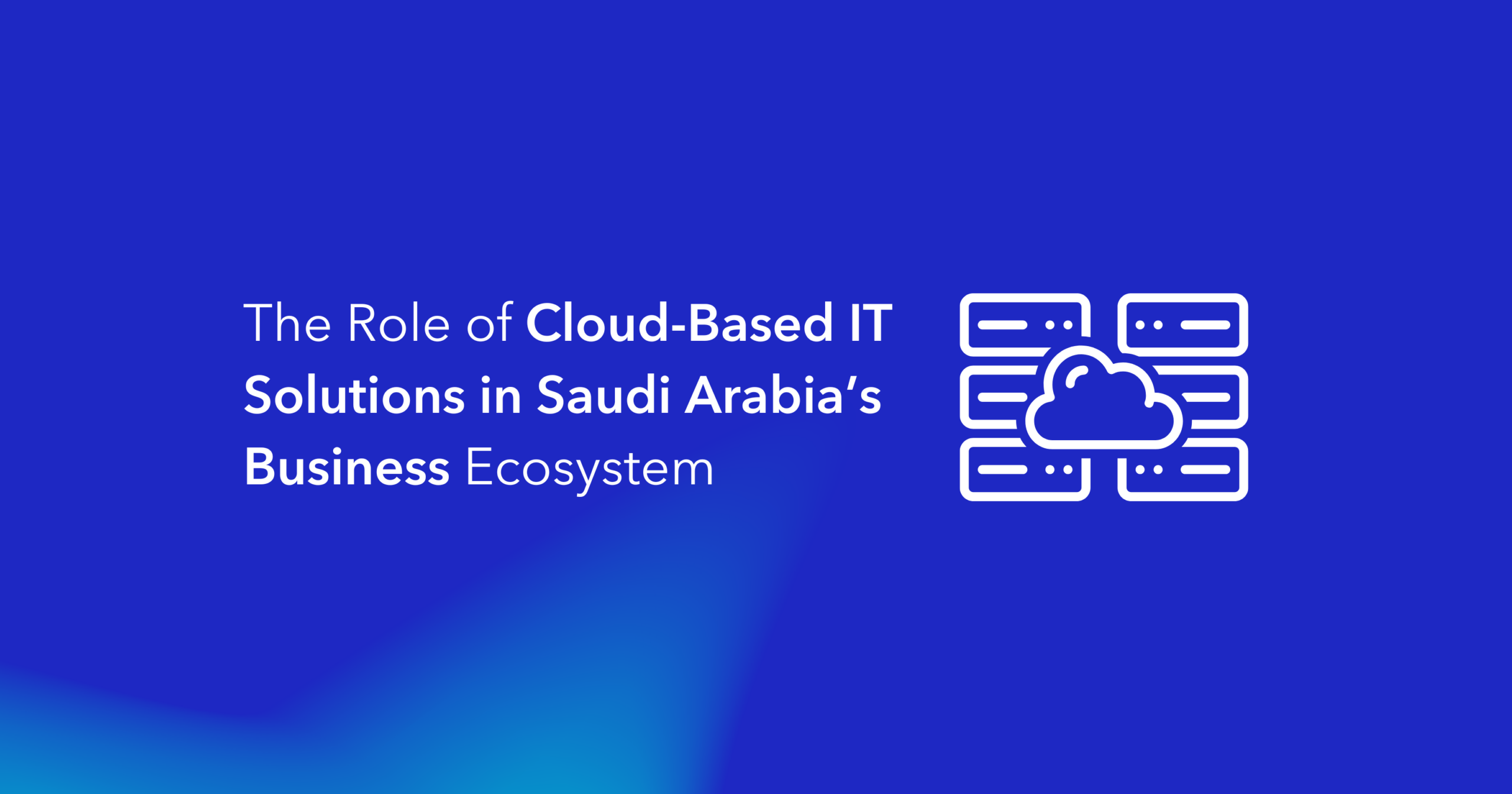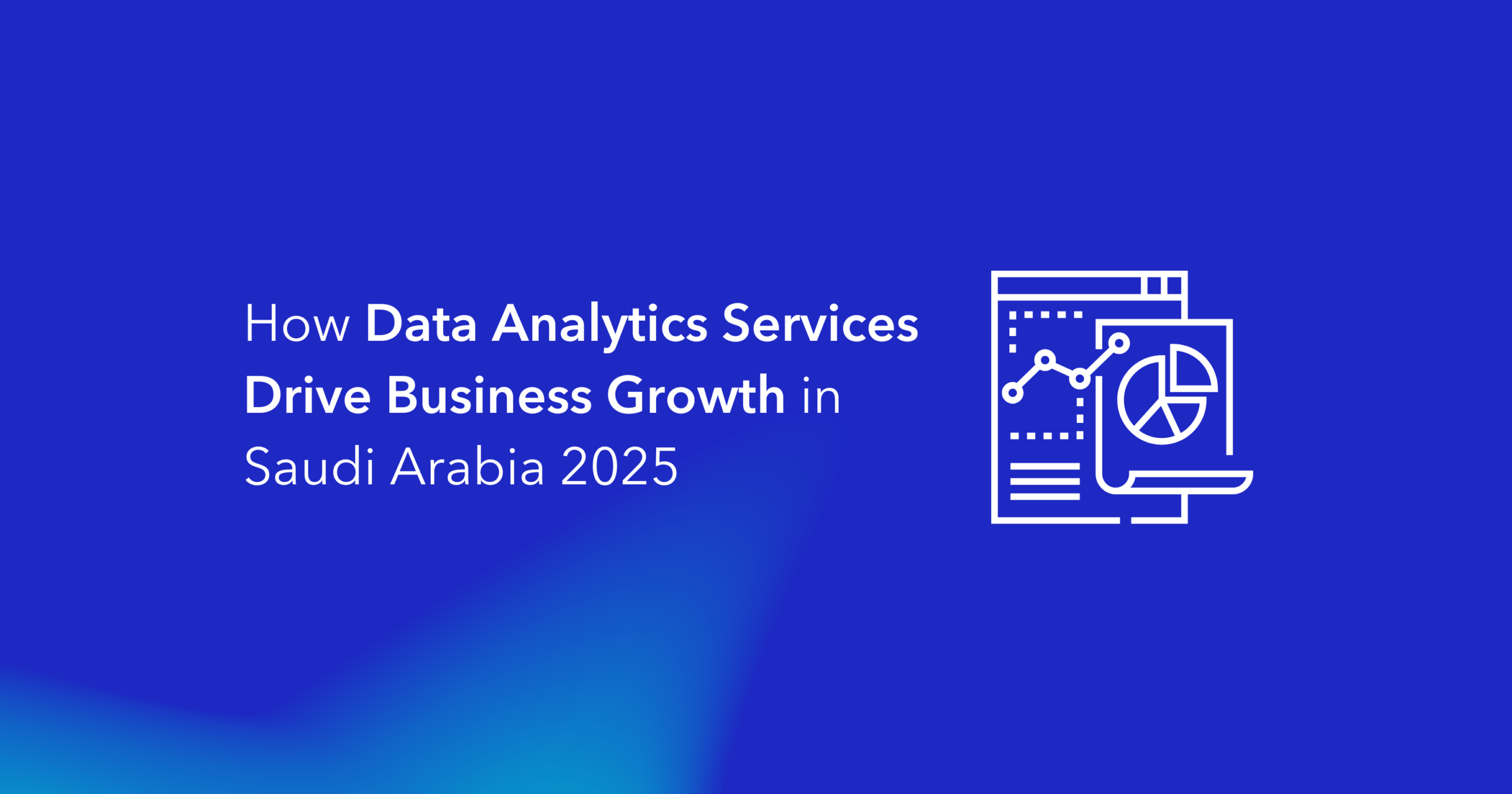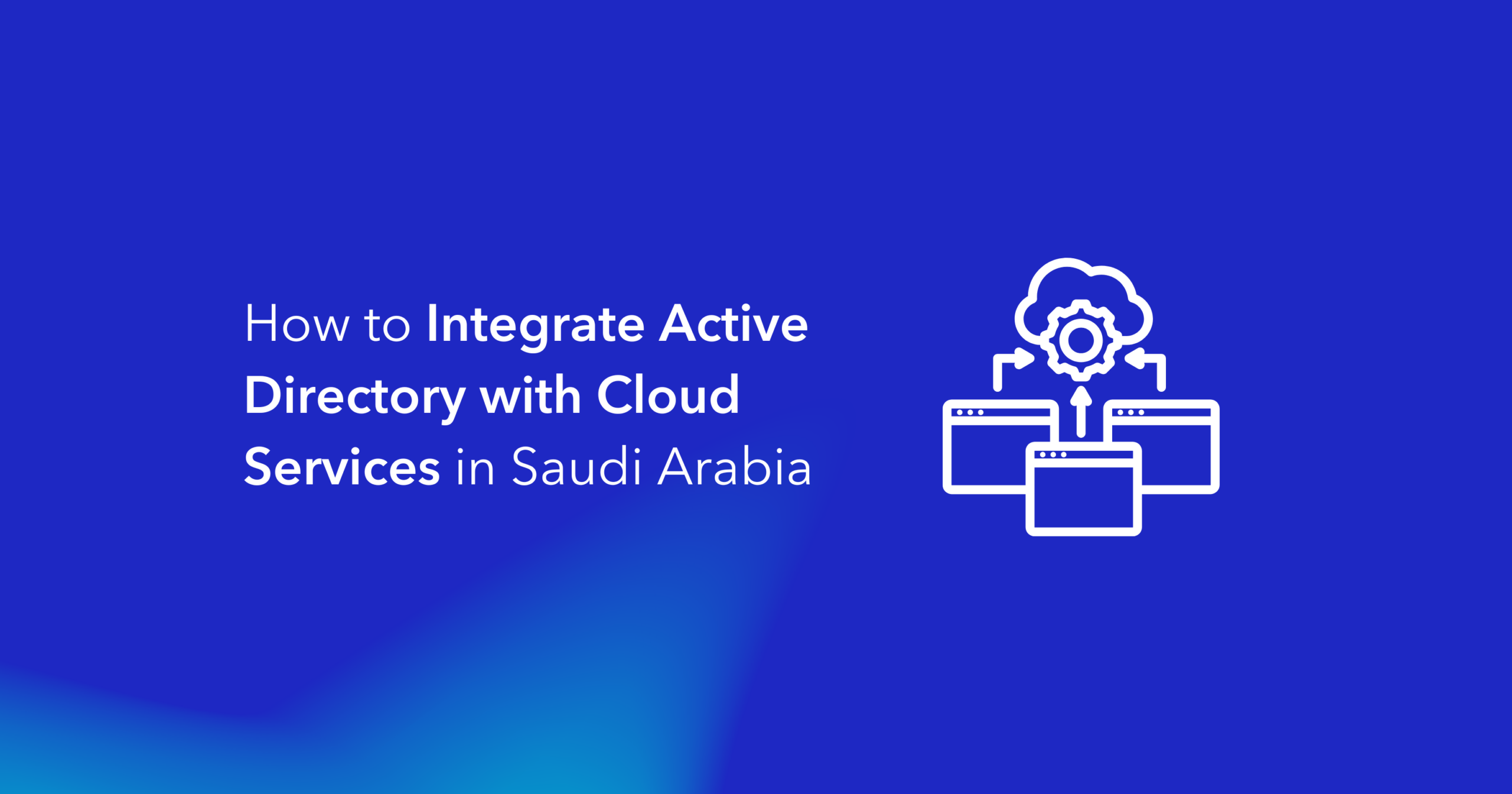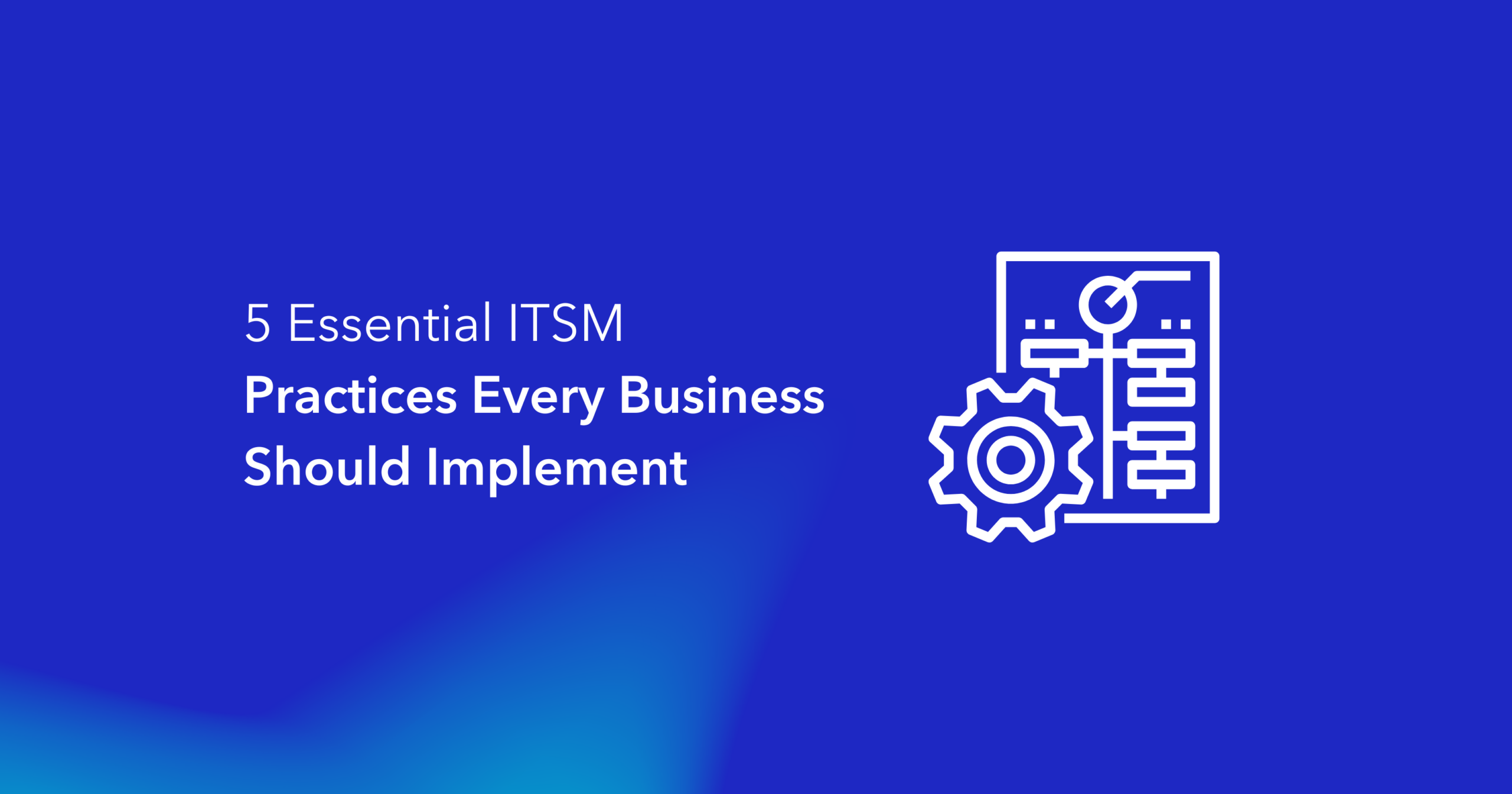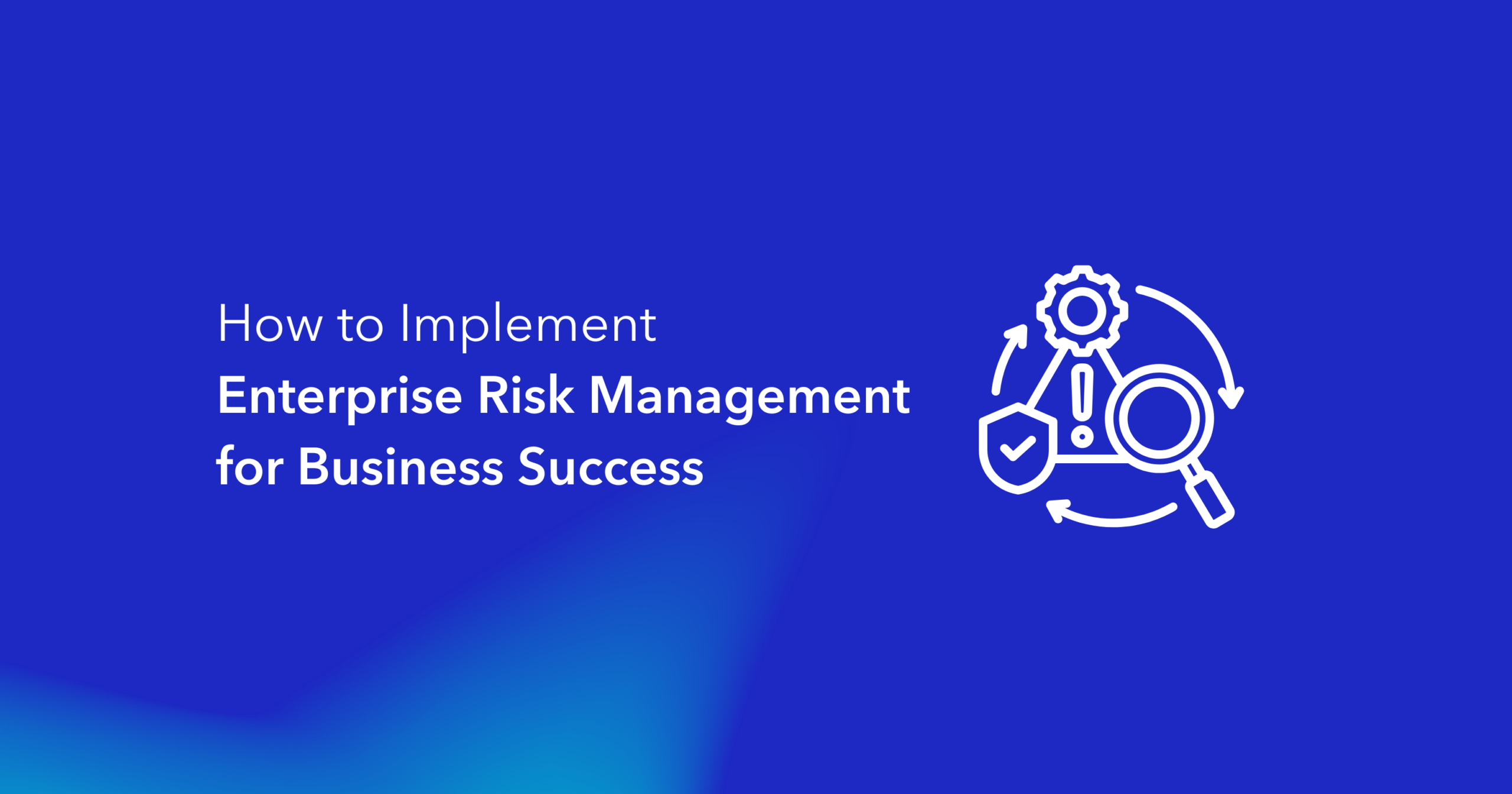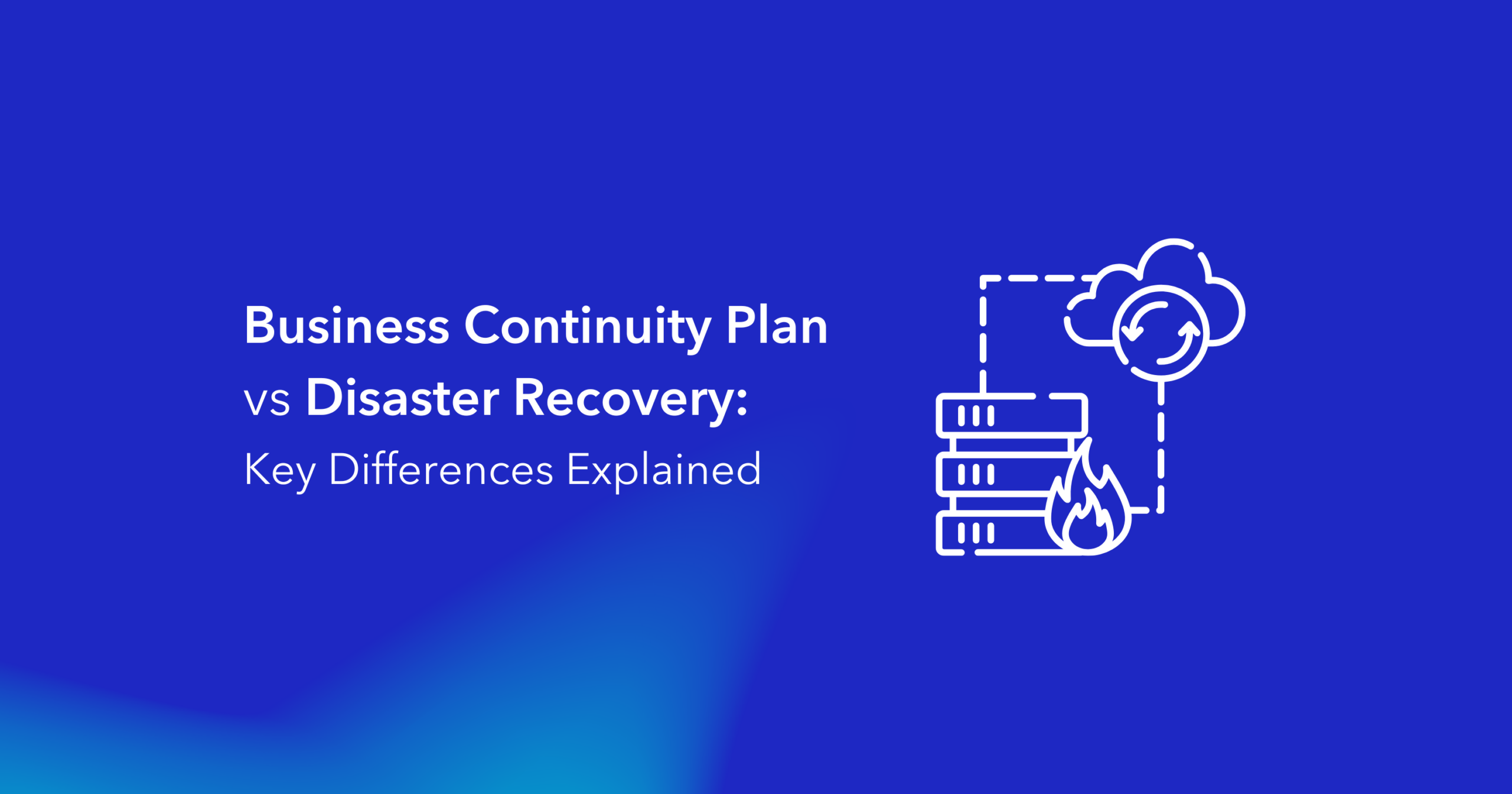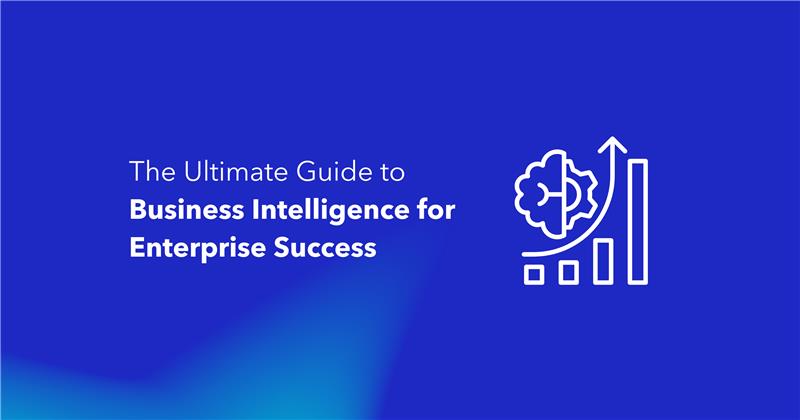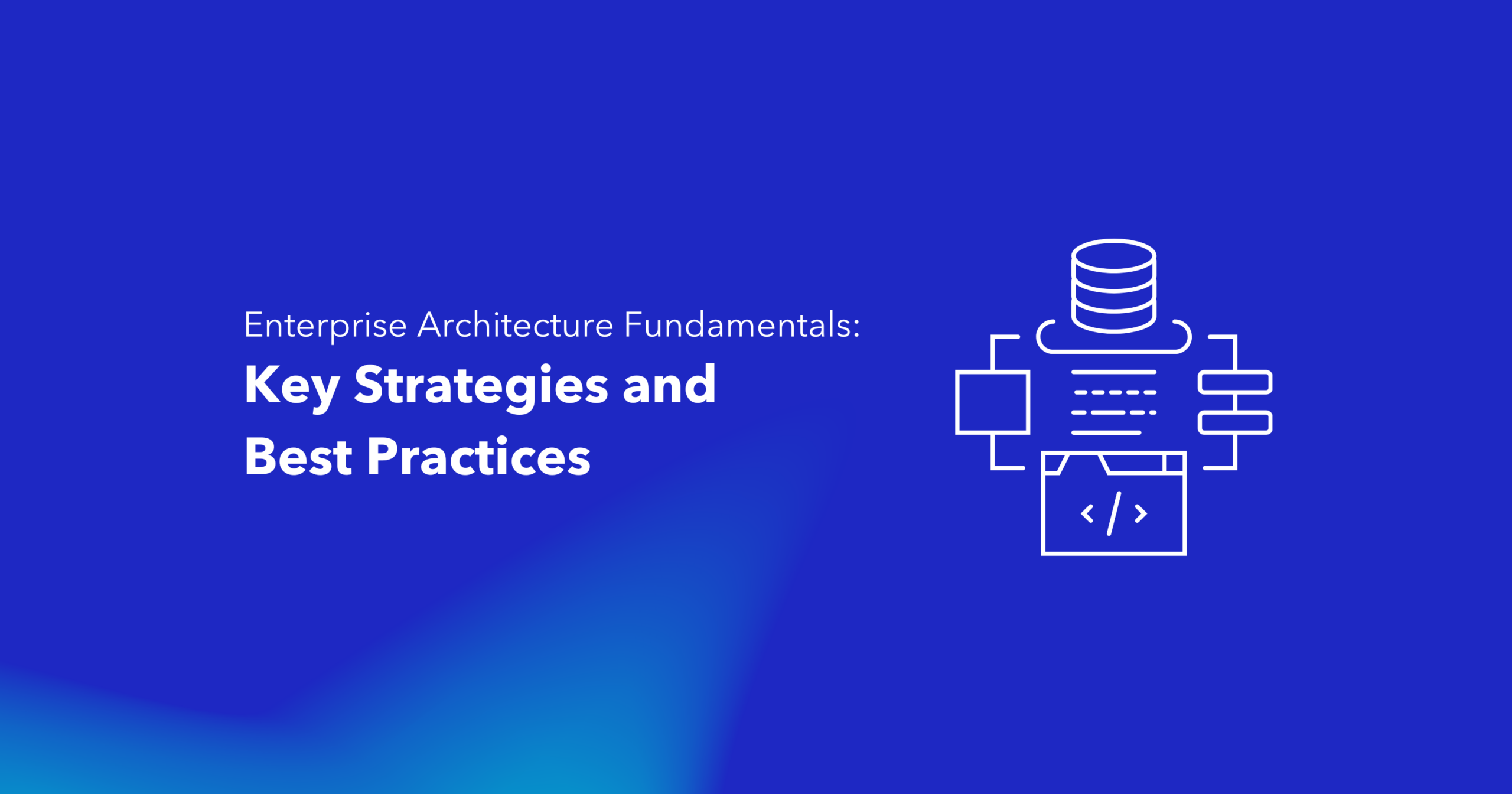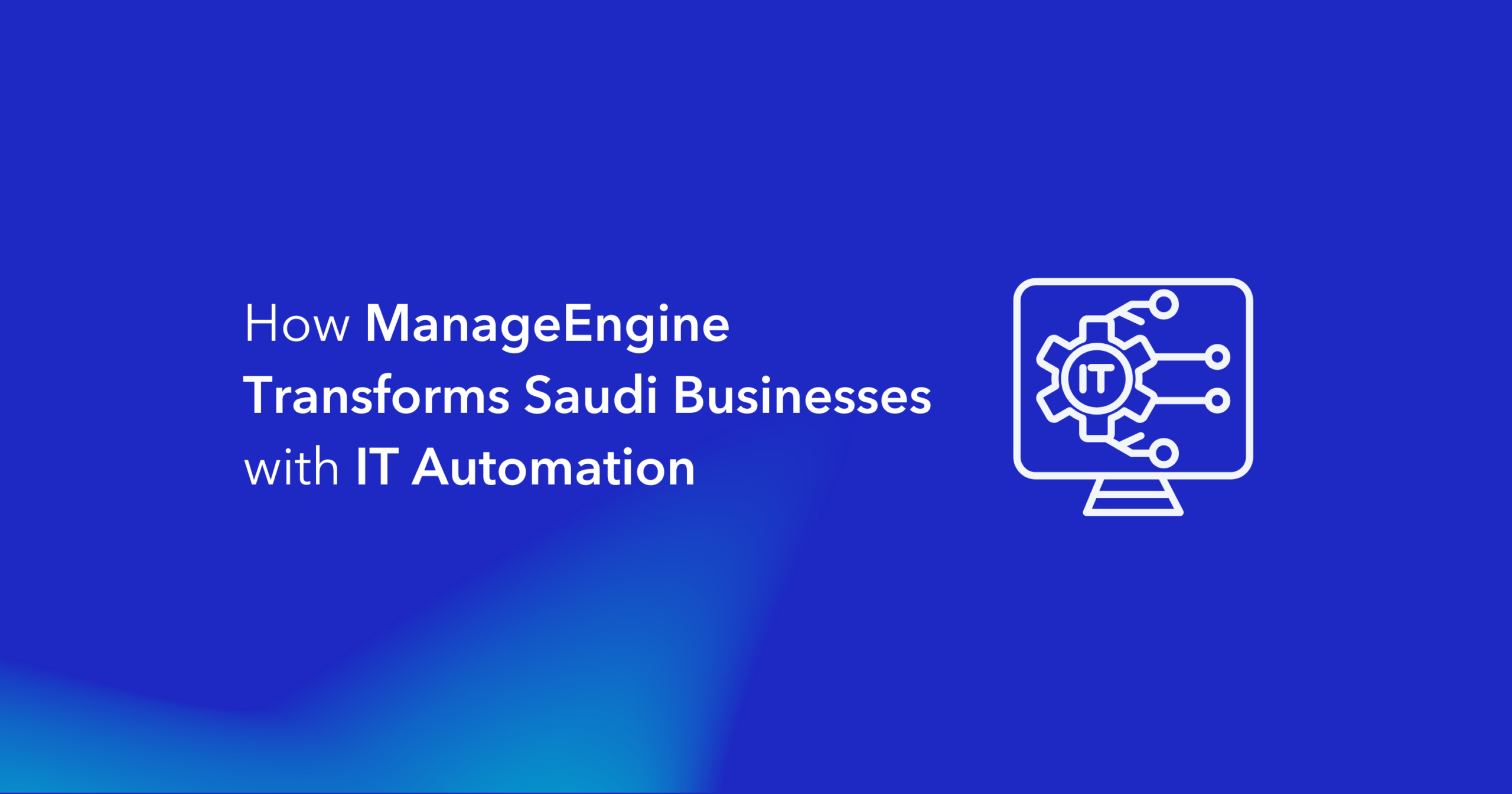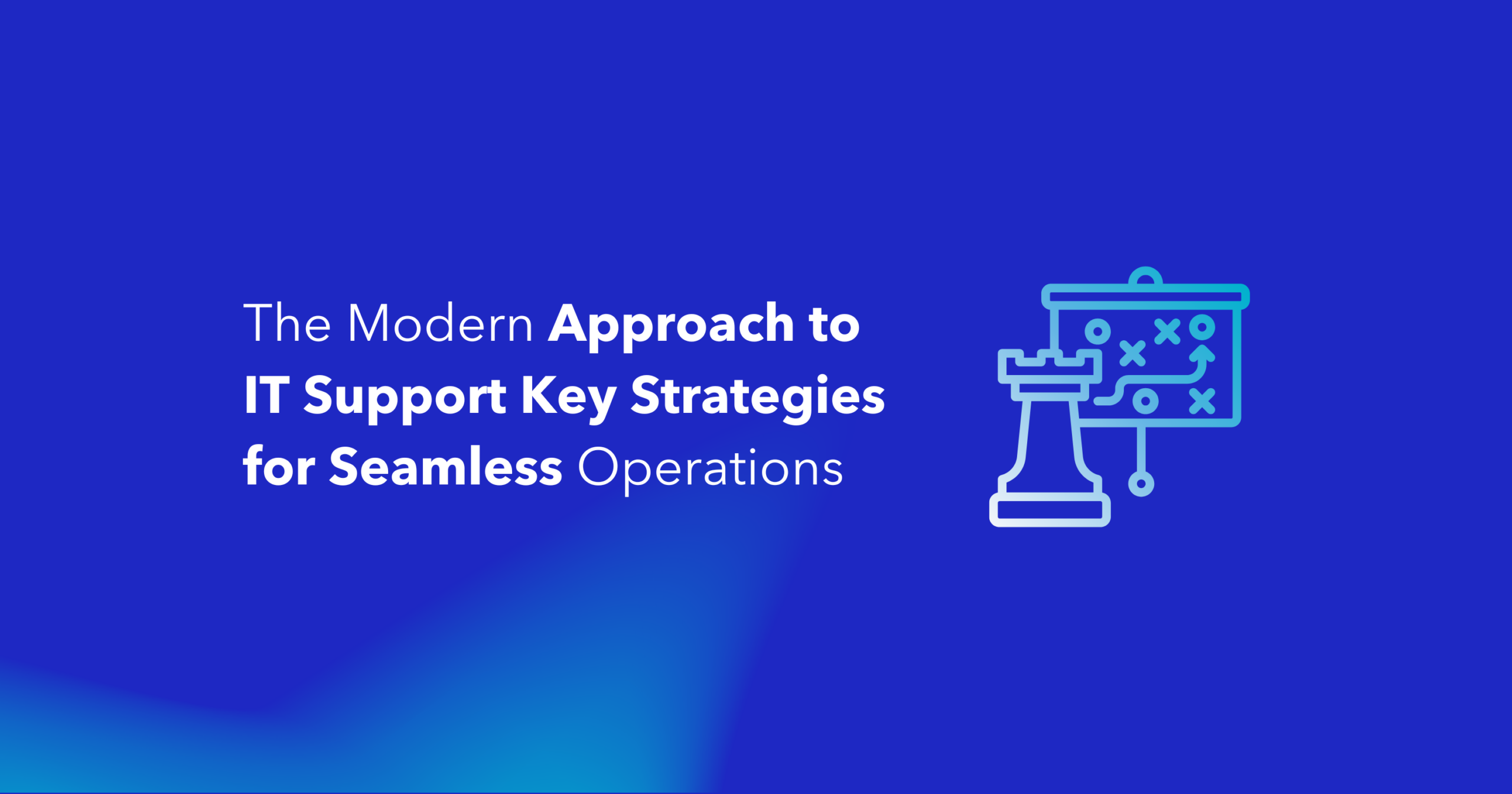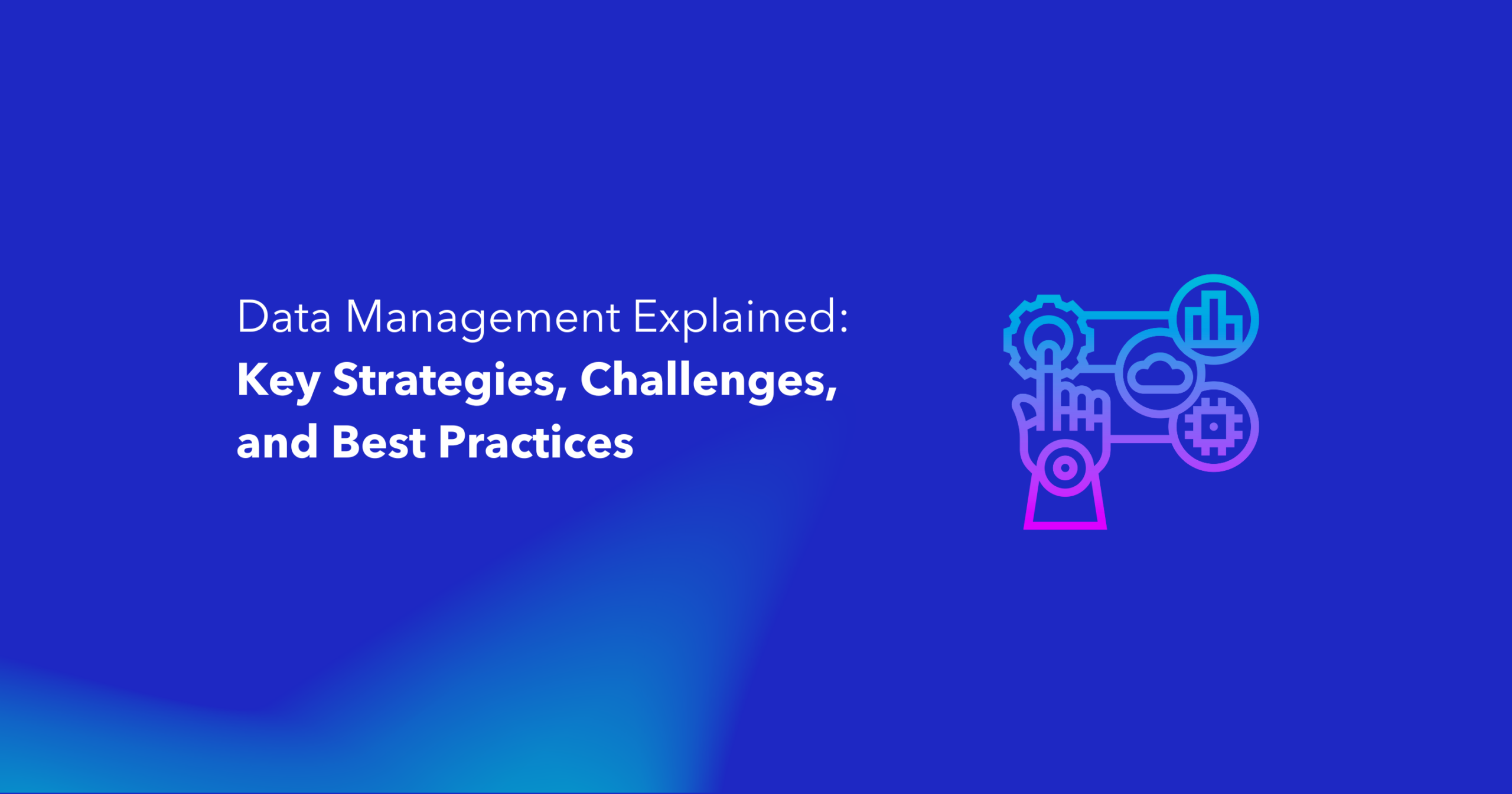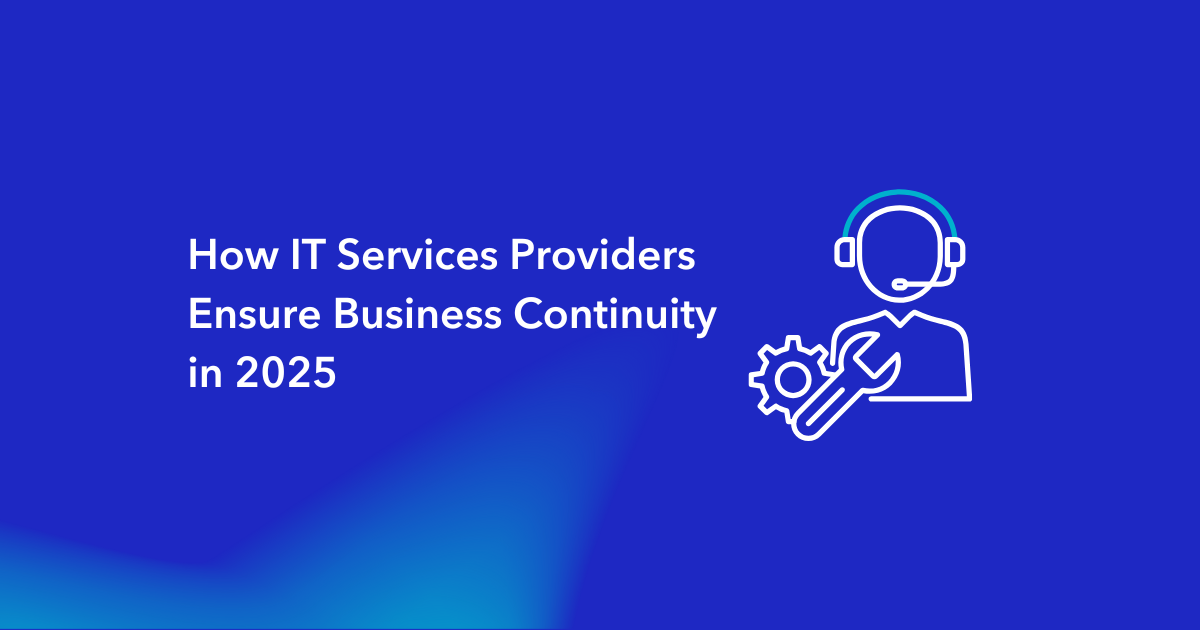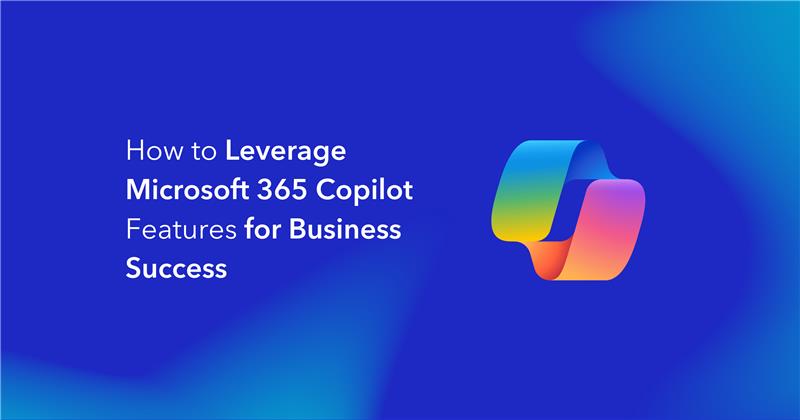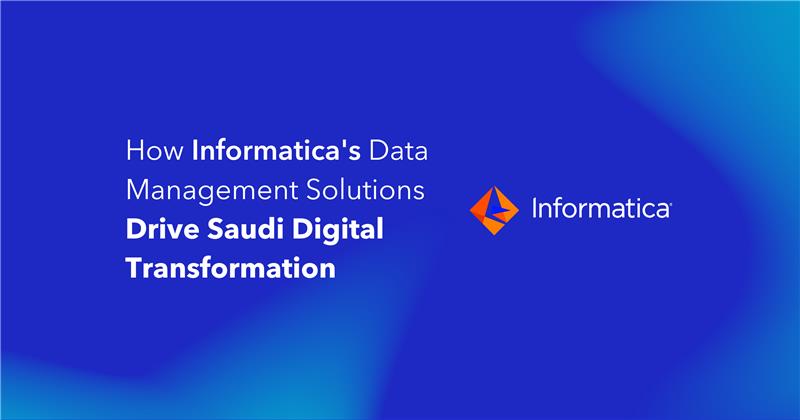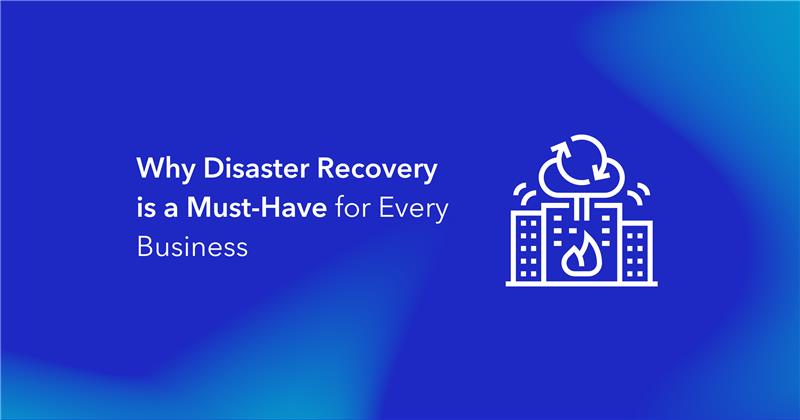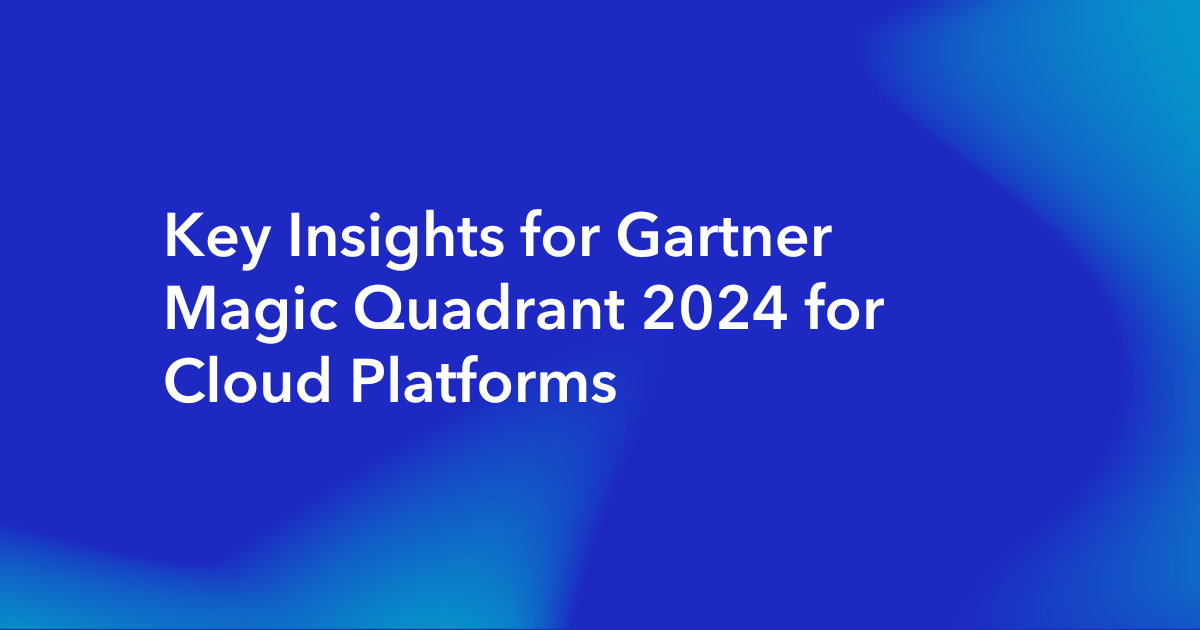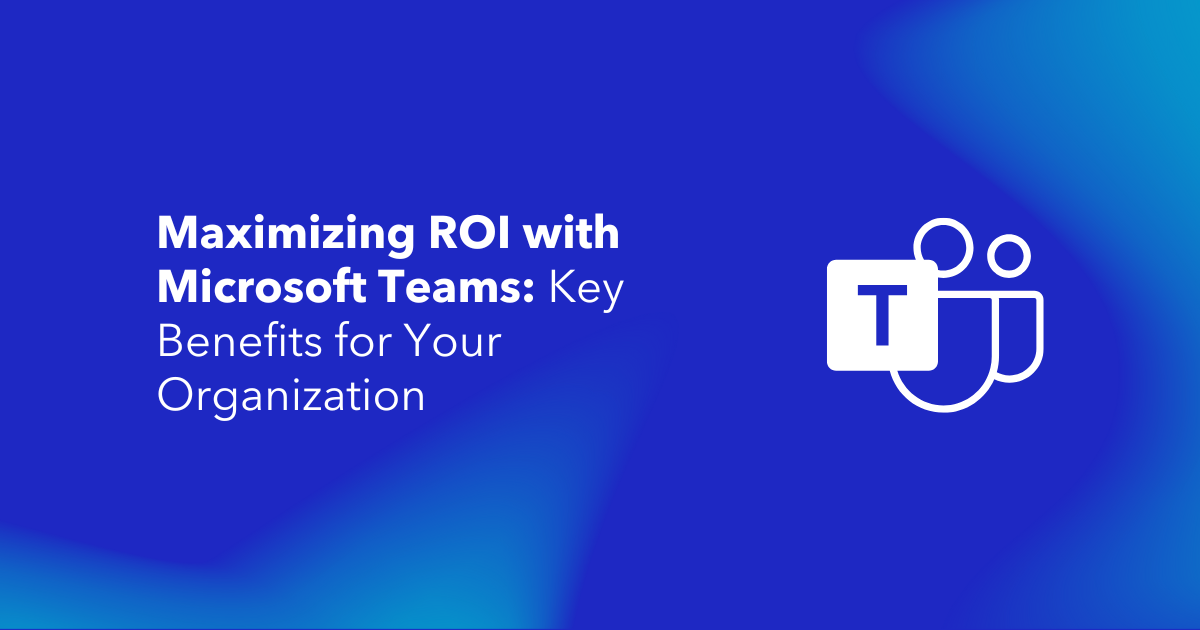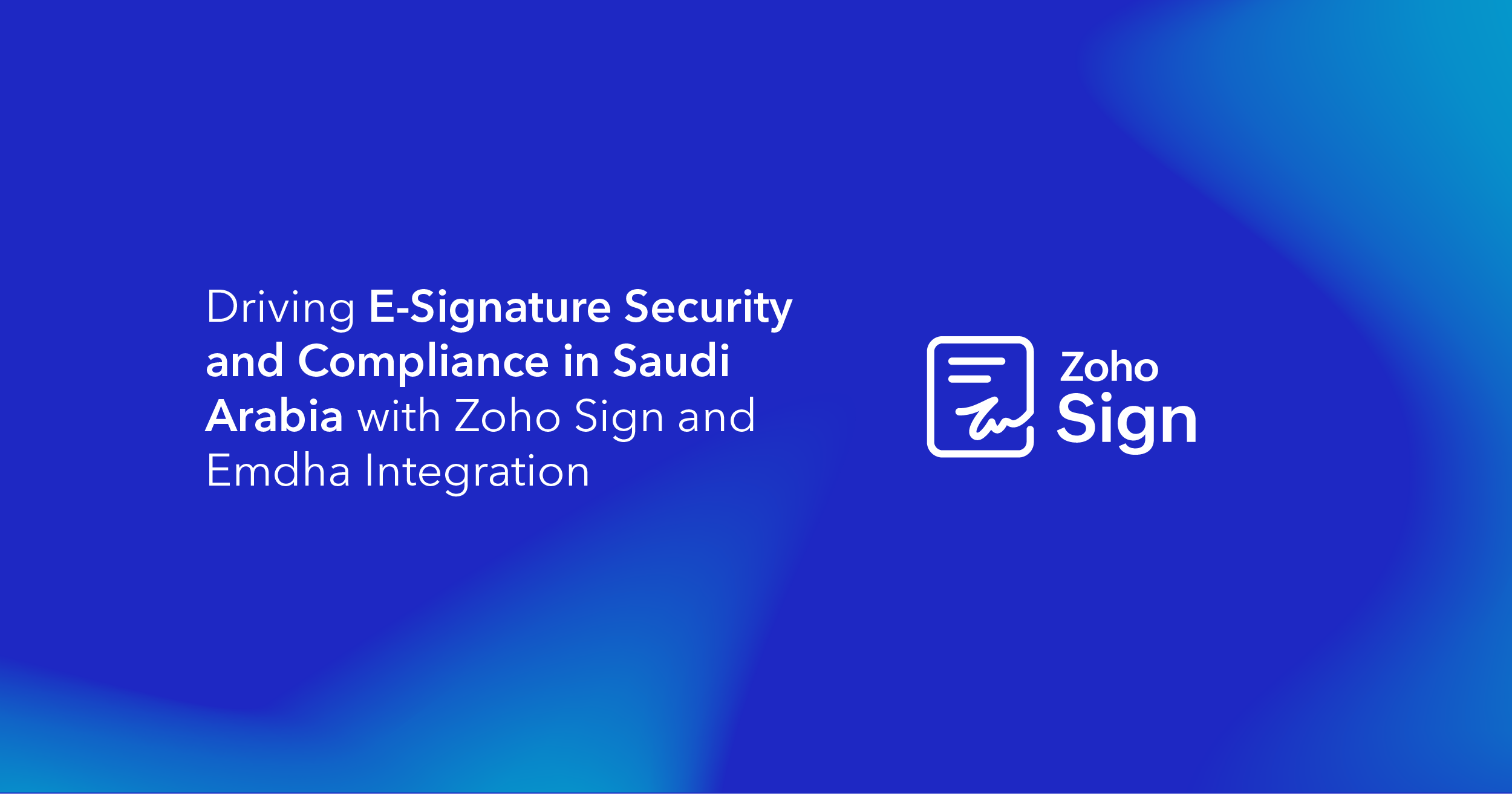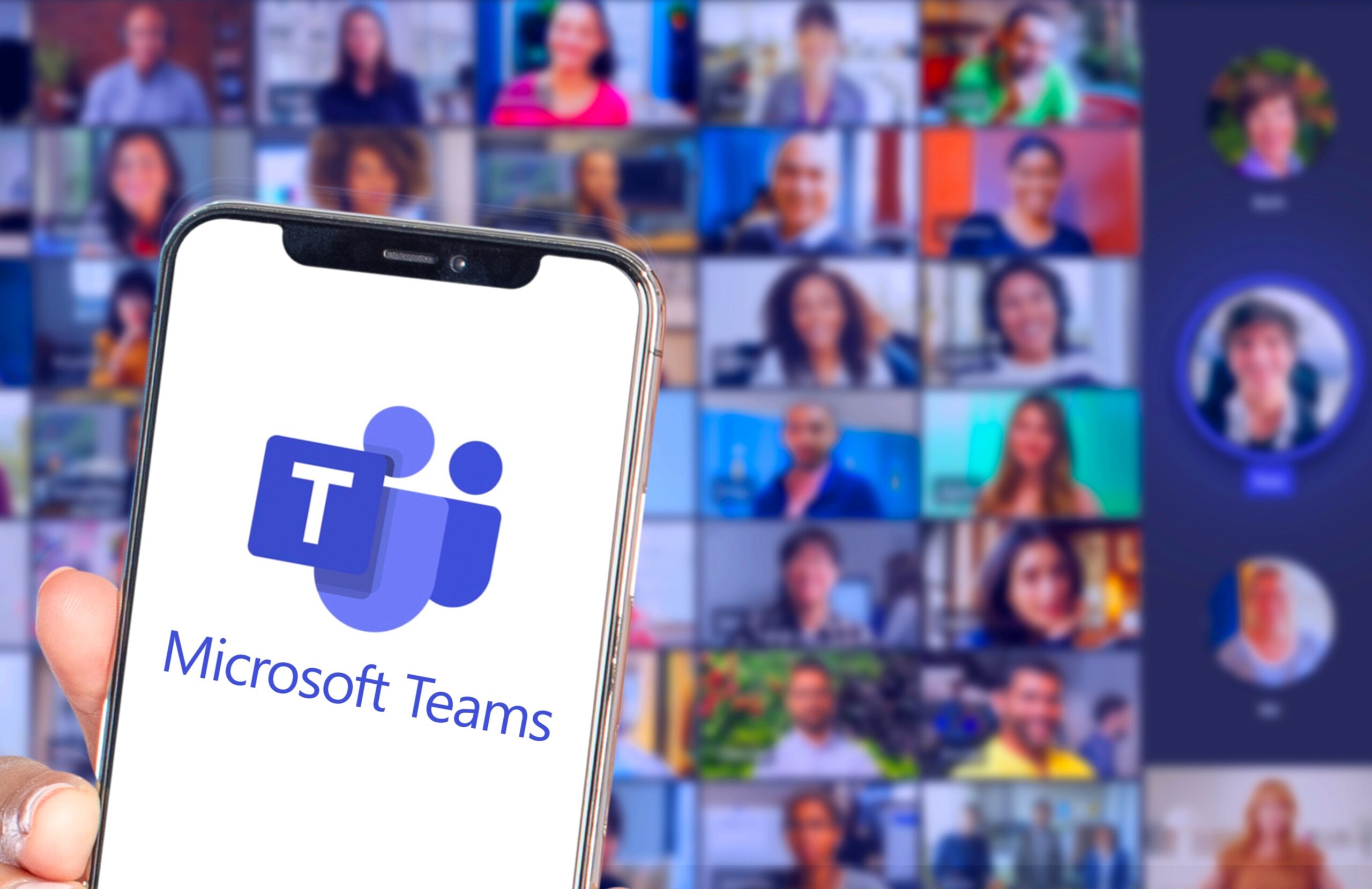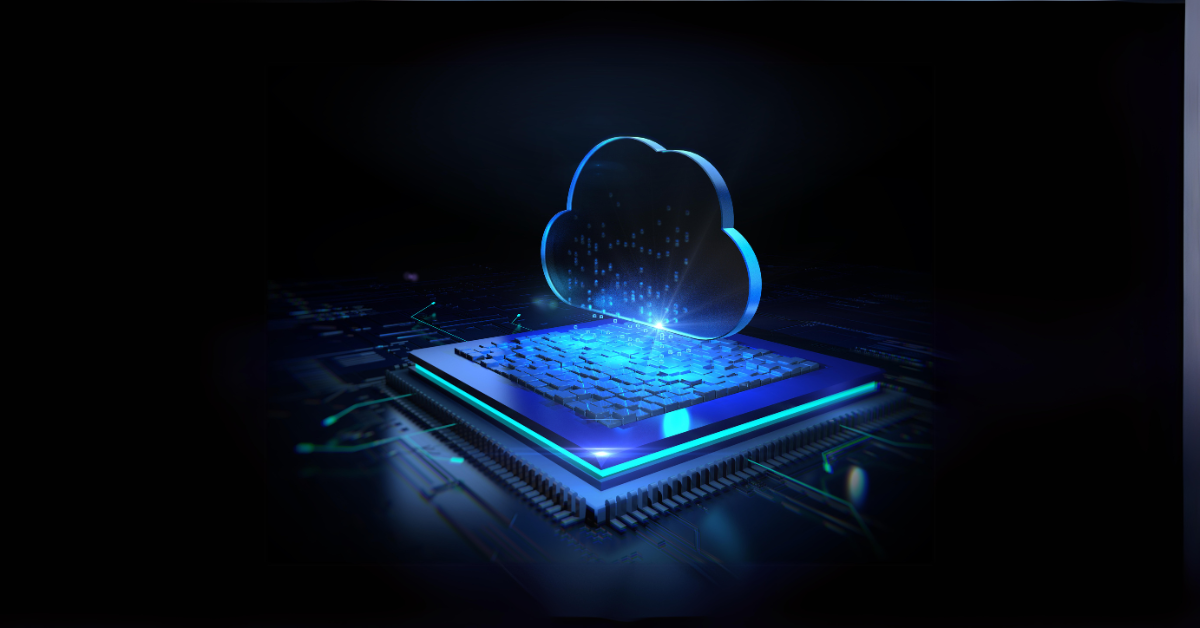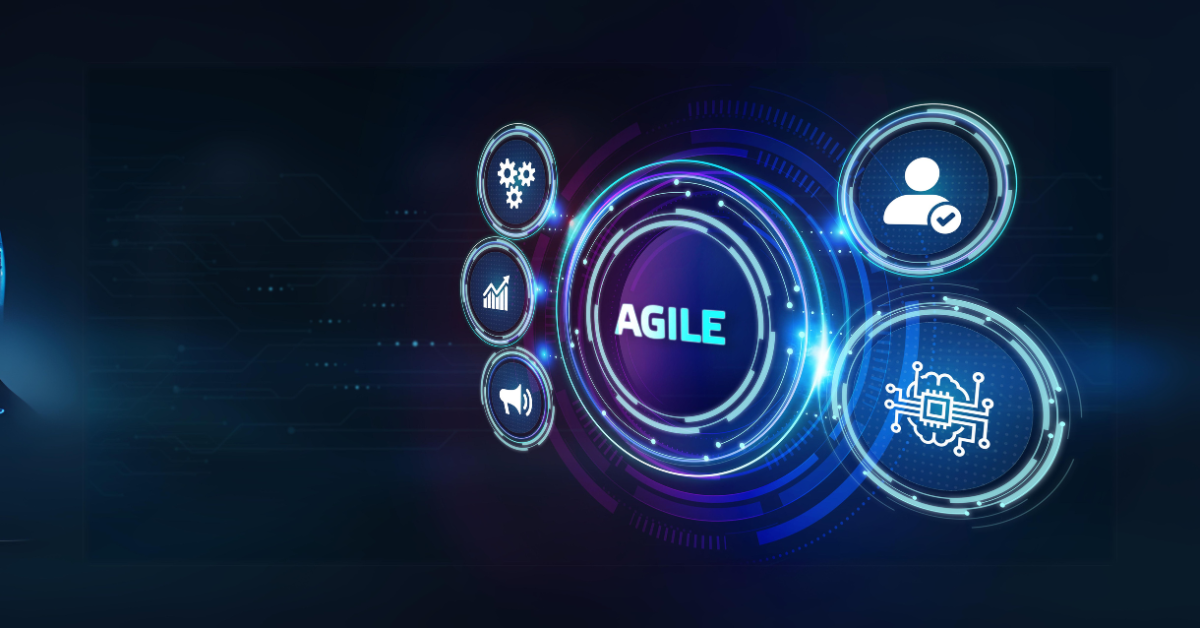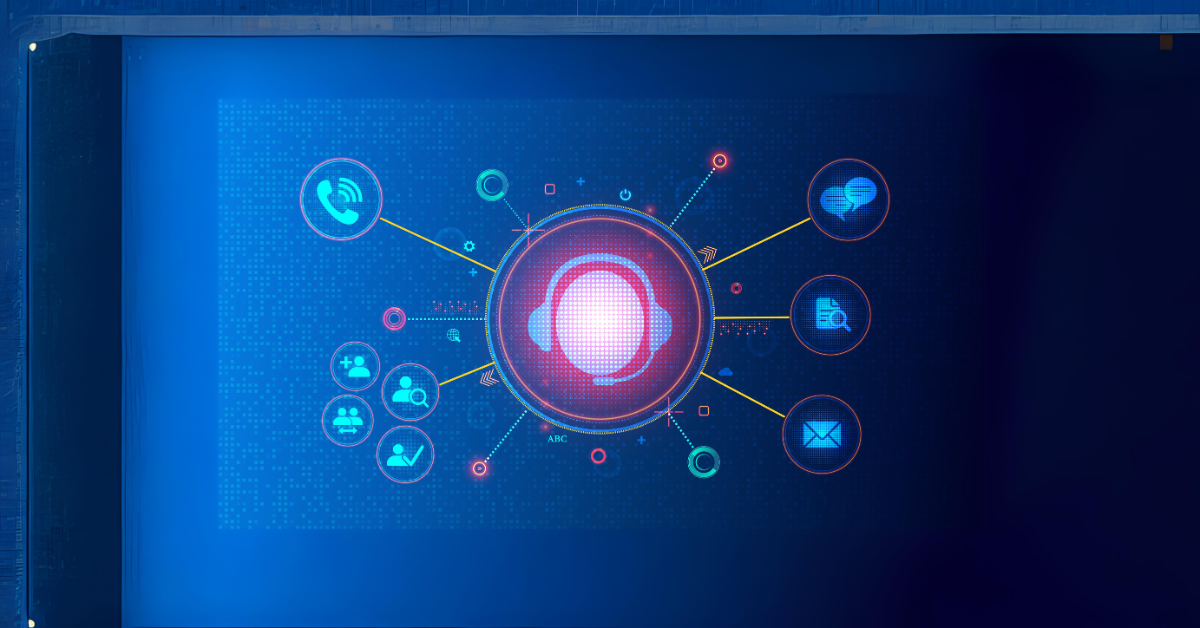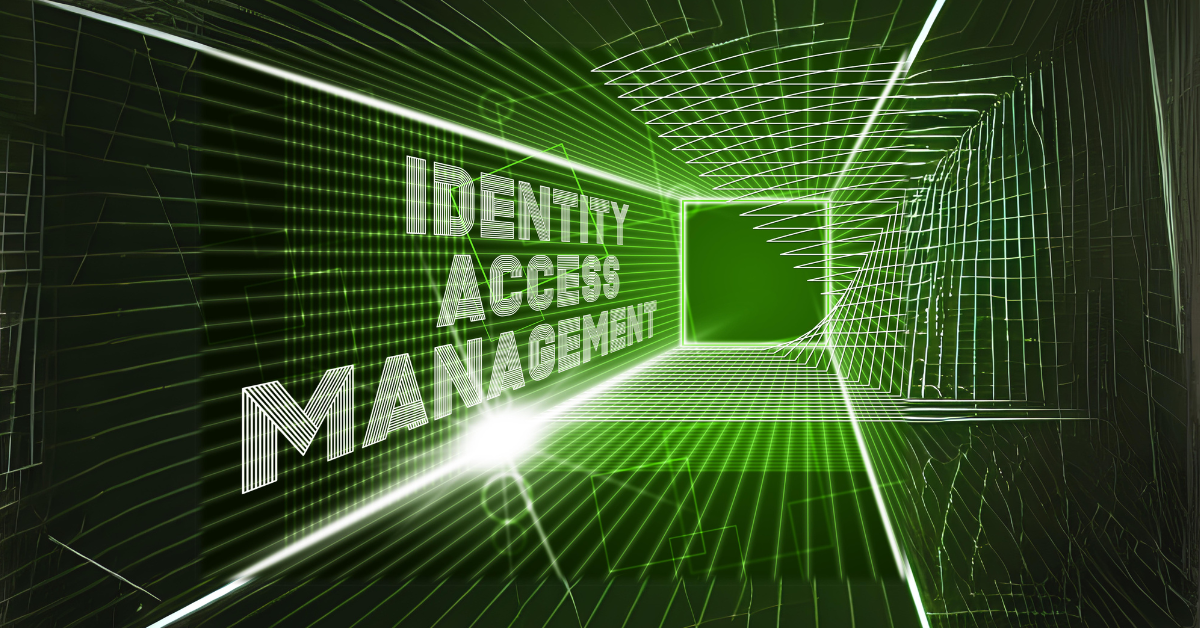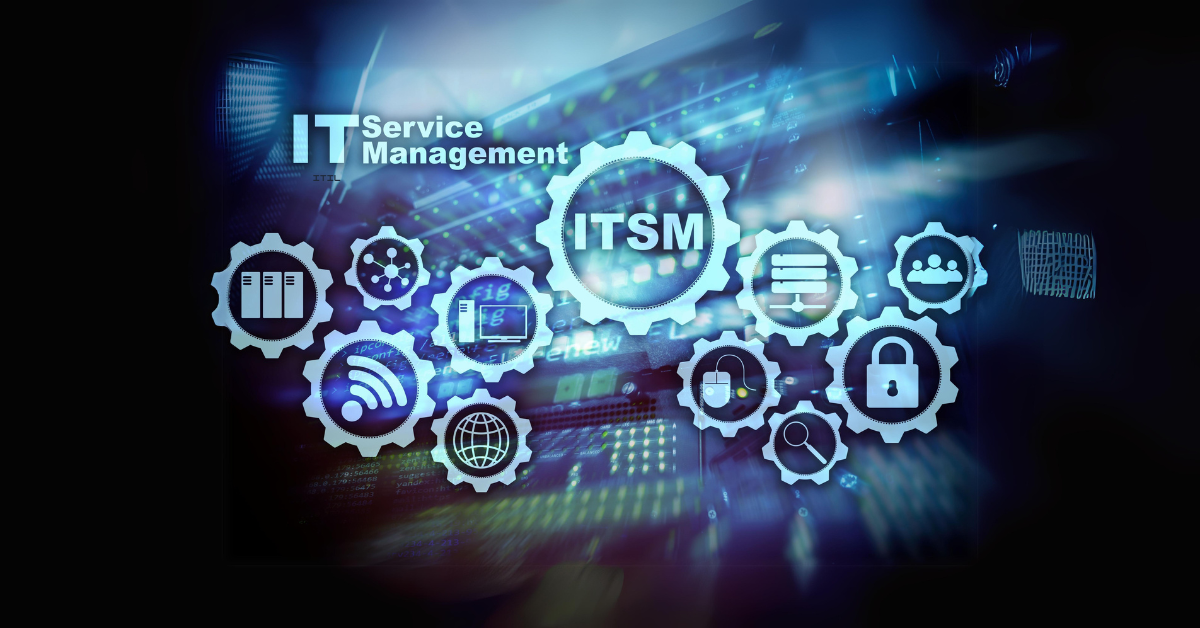Mobile devices now handle about 80% of typical office workload, which makes mobile device management (MDM) more significant than ever in today’s digital world. Consequently, organizations will see hybrid work models jump from 42% to 81% by 2024, and they face new challenges in managing and securing their mobile infrastructure.
Moreover, many organizations find it difficult to stay compliant with legal requirements and IT standards as their mobile endpoints grow. Fortunately, mobile device management solves this problem by letting IT teams control, secure, and manage all mobile devices from one central platform. This includes smartphones, tablets, and laptops. Additionally, the technology also adds reliable security against cyberattacks, data leaks, and unauthorized access. Furthermore, remote device management capabilities have become vital as work environments spread across locations.
Ultimately, this detailed guide will help you learn about implementing and optimizing mobile device management that matches your organization’s security and operational needs.
Understanding Mobile Device Management Fundamentals
Learning the fundamentals of mobile device management requires a complete understanding of its core architecture and how it works. Specifically, a resilient MDM solution has several key parts that work together to give you smooth device control and security.
Core Components of MDM Solutions
The original MDM setup depends on four main components that are the foundations of the system:
- Hub Store: Central repository for device data and configurations.
- Hub Server: Manages core MDM operations and policy enforcement.
- Process Server: Handles workflow automation and task scheduling.
- Hub Console: Provides the administrative interface for device management.
Key Features and Capabilities
Your MDM solution should include a range of important features to manage devices properly. Here’s a well-laid-out overview of what you need:
Feature Category | Purpose |
Configuration Management | Over-the-air policy deployment and device setup |
Risk Management | Device tracking and remote data wiping |
Asset Management | Monitoring compliance and resource utilization |
Device Troubleshooting | Remote diagnostics and issue resolution |
Integration with Enterprise Systems
Your MDM solution must merge naturally with your existing enterprise infrastructure. In particular, MDM platforms enable unified data exchange between various systems through resilient APIs and data integration features. As a result, this integration helps share data consistently between different systems and applications.
Furthermore, modern MDM solutions support cloud, on-premise, or hybrid configurations. You can choose the setup that matches your organization’s infrastructure needs best.
Additionally, the MDM platform you select should know how to handle data synchronization and maintain data quality across systems. The platform needs:
- Real-time data integration capabilities.
- Automated workflow management.
- Complete security controls.
- Flexible architecture for growing device networks.
Building a Strategic Mobile Device Management (MDM) Implementation Roadmap
A successful mobile device management implementation roadmap needs good planning and smart execution. Your MDM deployment will work best when you get a full picture of what your organization needs and can do.
Assessing Organizational Requirements
Before implementing your mobile device management solution, you should evaluate your current mobile landscape. Research shows that most MDM projects fail when requirements aren’t clear or vendors aren’t chosen well. Often, this occurs because the core team isn’t involved from day one.
The path to success needs these vital assessment criteria:
Assessment Area | Key Considerations |
Device Inventory | Current device types and operating systems |
Security Risks | Potential threats and vulnerabilities |
Integration Needs | Existing systems compatibility |
Resource Allocation | Budget and staffing requirements |
Developing MDM Policies and Procedures
Once you complete your assessment, build resilient MDM policies. Keep in mind, a data governance framework forms the base to manage and exploit data in your organization. Your policy framework must cover:
- Device Security Protocols
- Password requirements.
- Encryption standards.
- Remote wipe capabilities.
- Access Control Measures
- Authentication methods.
- Network access rules.
- Application restrictions.
Creating Implementation Timeline
Your implementation timeline works best with a step-by-step approach. In fact, rsesearch shows that starting with a pilot program helps solve device enrollment problems. The timeline should break down into these key phases:
- Planning Phase (1-2 months)
- Stakeholder alignment.
- Resource allocation.
- Risk assessment.
- Pilot Phase (2-3 months)
- Small group testing.
- Process refinement.
- User feedback collection.
- Full Deployment (3-4 months)
- Phased rollout.
- User training.
- System integration.
Clear metrics help track progress through each phase. Moreover, the implementation plan should detail deployment processes, timelines, and team responsibilities.
Selecting the Right Mobile Device Management (MDM) Platform
The right mobile device management platform needs more than just feature comparison. Instead, you need to assess multiple factors carefully. Research proves this point – companies see a 564% return over five years when they pick the right MDM solution.
Vendor Evaluation Criteria
A good vendor assessment should get into these six areas that help arrange everything with your business needs:
Evaluation Area | Key Considerations |
Data Content | Data values and system compatibility |
Data Quality | Metrics and duplicate handling |
Change Management | Value updates and tracking processes |
Processing Capabilities | Data manipulation and matching rules |
Rules/Policy Framework | Conflict resolution and updates |
Access Management | Navigation and data manipulation rights |
Cost-Benefit Analysis
The financial picture helps you justify your MDM investment better. Monthly device costs typically range from SAR 7.49 to SAR 18.73. These factors affect the total cost:
- Volume Considerations
- Quantity of managed devices.
- Size of database.
- Number of system users.
- Value Metrics
- Operational efficiency gains.
- Security risk reduction.
- Compliance maintenance.
Implementation Considerations
Your success with implementation depends on technical and operational factors. To begin with, test the vendor’s support framework through trial incidents to see their real-life response time. Next, look at these key elements:
- Integration Capabilities
- Standard API availability.
- Enterprise system compatibility.
- Data synchronization options.
- Scalability Features
- Device quantity management.
- Configuration flexibility.
- Performance optimization.
The platform should include customizable analytics and reporting features that track operational metrics well. Additionally, a good solution must provide resilient security management capabilities – they are the foundations for protecting your mobile infrastructure.
Securing Enterprise Mobile Devices
Mobile device security in your enterprise needs more than simple password protection. As a result, organizations now depend on mobile devices for their main operations. Therefore, implementing strong security measures protect sensitive data.
Device Security Protocols
Strong authentication forms the foundation of mobile device security. For example, studies show that companies using biometric authentication with regular passwords see 60% fewer security breaches. With this in mind, here are the vital protocols to think about:
Security Feature | Implementation Requirement |
Password Complexity | Minimum 6-digit PIN for biometric devices |
Screen Lock | Automatic activation after inactivity |
Device Encryption | Full disk encryption enabled |
Remote Controls | Lock and wipe capabilities active |
Data Protection Strategies
Protection of company data needs multiple security layers. Therefore, your MDM solution should provide up-to-the-minute data analysis and threat detection. An an important step, these strategies will help protect sensitive information:
- Data Encryption Measures
- Symmetric or asymmetric encryption methods.
- Secure VPN configurations.
- Protected data transmission protocols.
- Access Control Systems
- Role-based permissions.
- Multi-factor authentication.
- Network security monitoring.
Compliance Requirements
Meeting regulatory standards is vital for your enterprise mobility strategy. As such, companies must follow specific controls to comply with regulations. To address this, your compliance framework should cover:
- Data Privacy Regulations
- GDPR requirements.
- HIPAA standards.
- Industry-specific mandates.
- Security Auditing
- Regular compliance checks.
- Policy enforcement monitoring.
- Documentation maintenance.
Your MDM solution should support automated device enrollment, as this feature lets organizations set up and manage devices from the start. In addition, the system will give consistent security across your mobile fleet.
Device compliance needs constant monitoring. To that end, the core team should access device status updates and compliance reports in real time. All the same, strong security measures protect against data breaches and unauthorized access. These issues could damage your company’s finances and reputation.
Managing BYOD with Mobile Device Management Tools
A Bring Your Own Device (BYOD) strategy needs to balance security requirements with employee privacy. To achieve this balance, mobile device management tools must protect corporate assets while you retain control over personal devices.
BYOD Policy Development
Your BYOD policy is the lifeblood of successful device management implementation. In fact, research shows organizations with well-laid-out BYOD policies face 50% fewer security incidents. To ensure success, here are the foundations of an effective policy:
Policy Element | Key Requirements |
Device Registration | Mandatory enrollment process |
Security Standards | Minimum OS versions, encryption |
Access Controls | Resource permissions, authentication |
Data Management | Storage, backup, wiping procedures |
Your policy should provide clear guidelines about device usage, data access, and security measures.
Privacy Considerations
Employee privacy remains crucial even as we focus on security. For instance, studies reveal 70% of employees express concerns about corporate visibility into their personal devices. To address these concerns, your MDM solution should include these privacy-preserving measures:
- Containerization Features
- Work profile separation.
- Personal data isolation.
- Selective wiping capabilities.
- Consent Management
- Clear terms of use.
- Transparent monitoring policies.
- Data collection limitations.
Modern MDM solutions utilize containerization through features like Android Enterprise work profiles that separate personal and corporate data.
User Experience Management
BYOD management success depends on a smooth user experience. Therefore, your MDM implementation should reduce friction while maintaining security. According to research, organizations with optimized BYOD experiences see a 20% increase in employee satisfaction.
Beyond technical controls, these user experience factors matter:
- Device Enrollment
- Simplified registration process.
- Clear setup instructions.
- Automated configuration.
- Resource Access
- Single sign-on capabilities
- Self-service portals
- Remote support options
MDM in BYOD environments doesn’t mean intrusive micromanagement. Instead, your solution should create efficient work environments with clear boundaries between personal and corporate data.
Whatever MDM platform you choose, your implementation must handle location tracking concerns. For example, GPS tracking for BYOD devices should stay disabled unless security requires it. On top of that, IT administrators need proper authorization to access personal browser history or text messages.
Conclusion
Mobile device management is the life-blood of technology that modern enterprises need. It helps them tackle their biggest problems in device security, compliance, and streamlines processes. With proper MDM implementation, your organization can take complete control of its mobile infrastructure through proper MDM implementation while you retain control of security protocols.
Here are the most important aspects you need for successful MDM deployment:
- Strategic planning and assessment of organizational requirements.
- Selection criteria to choose the right MDM platform.
- Security protocols and compliance frameworks.
- BYOD policy development and privacy considerations.
Studies reveal that organizations get remarkable returns from their MDM investments. The numbers speak for themselves – a 564% return over five years. Your MDM strategy will work when you balance reliable security measures with user experience. You also need clear boundaries between personal and corporate data.
As MDM technology keeps evolving with new features and capabilities, these features help organizations remain competitive against emerging mobile security challenges. A well-implemented MDM solution creates strong foundations for secure and efficient mobile device operations throughout your enterprise.


